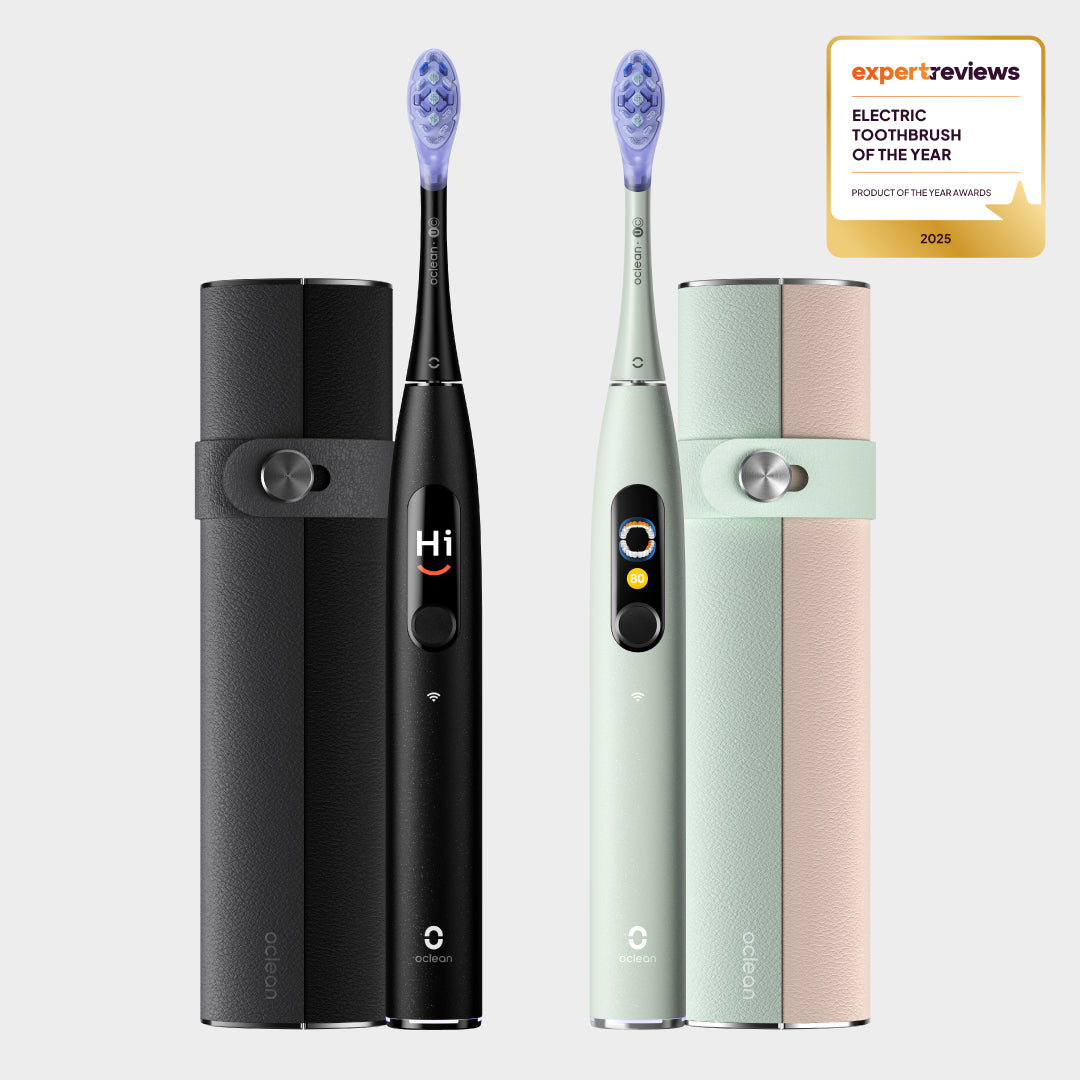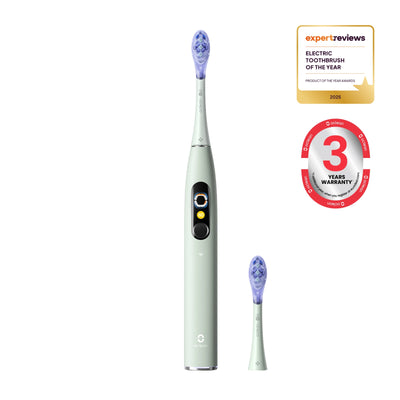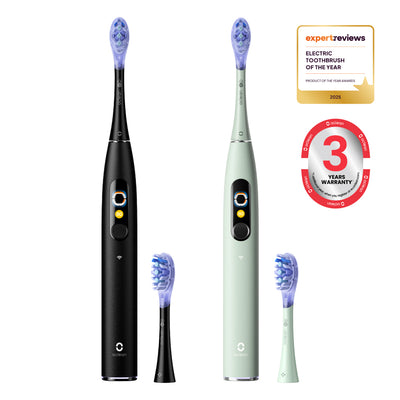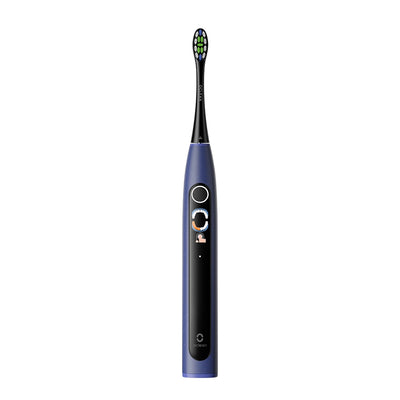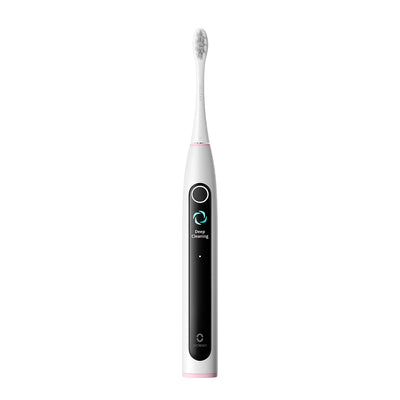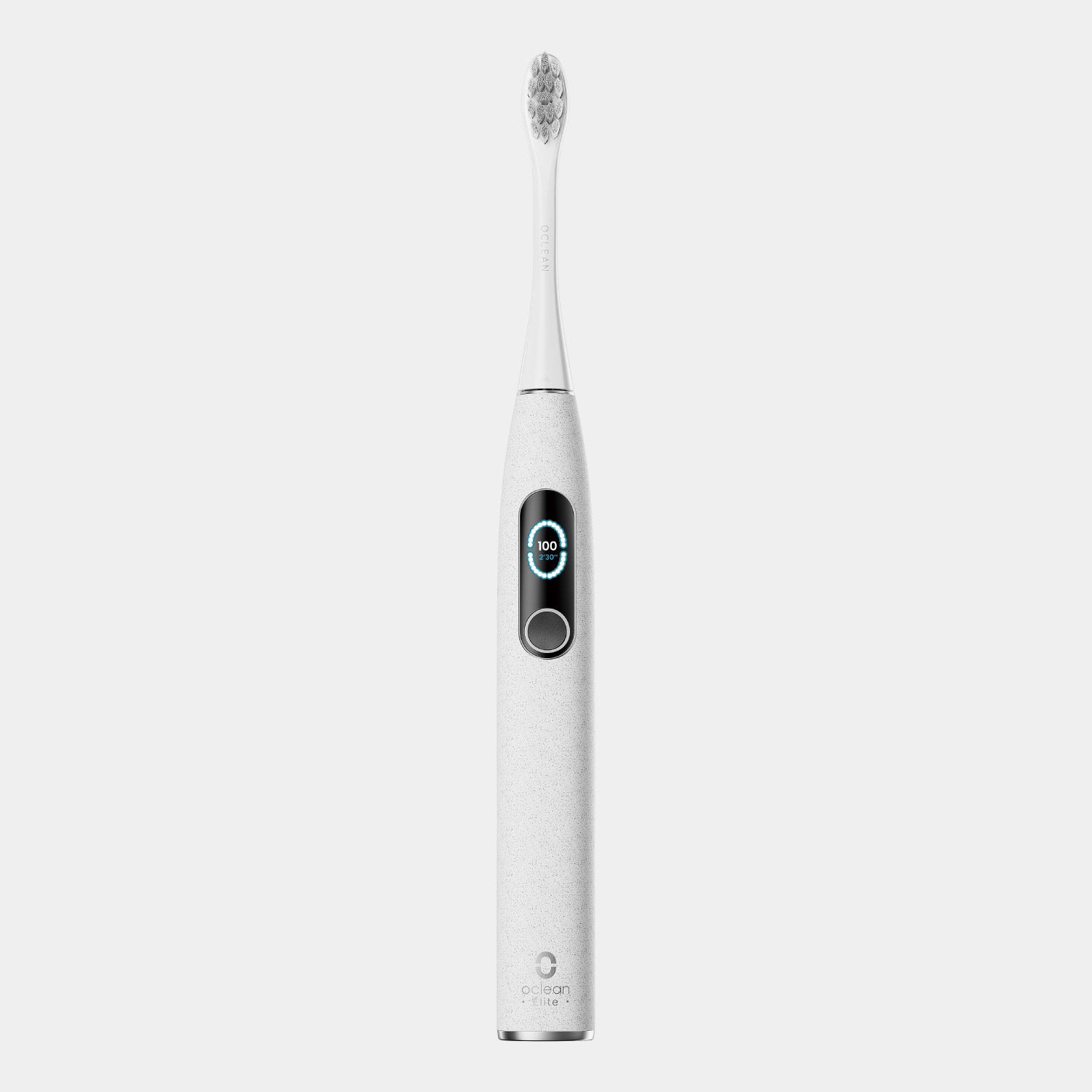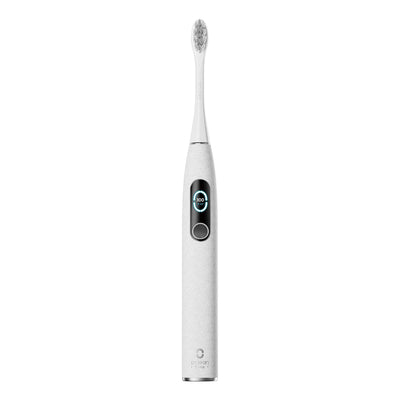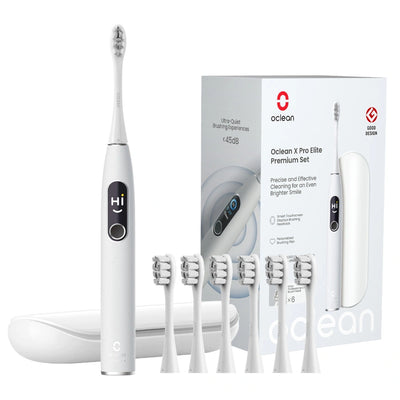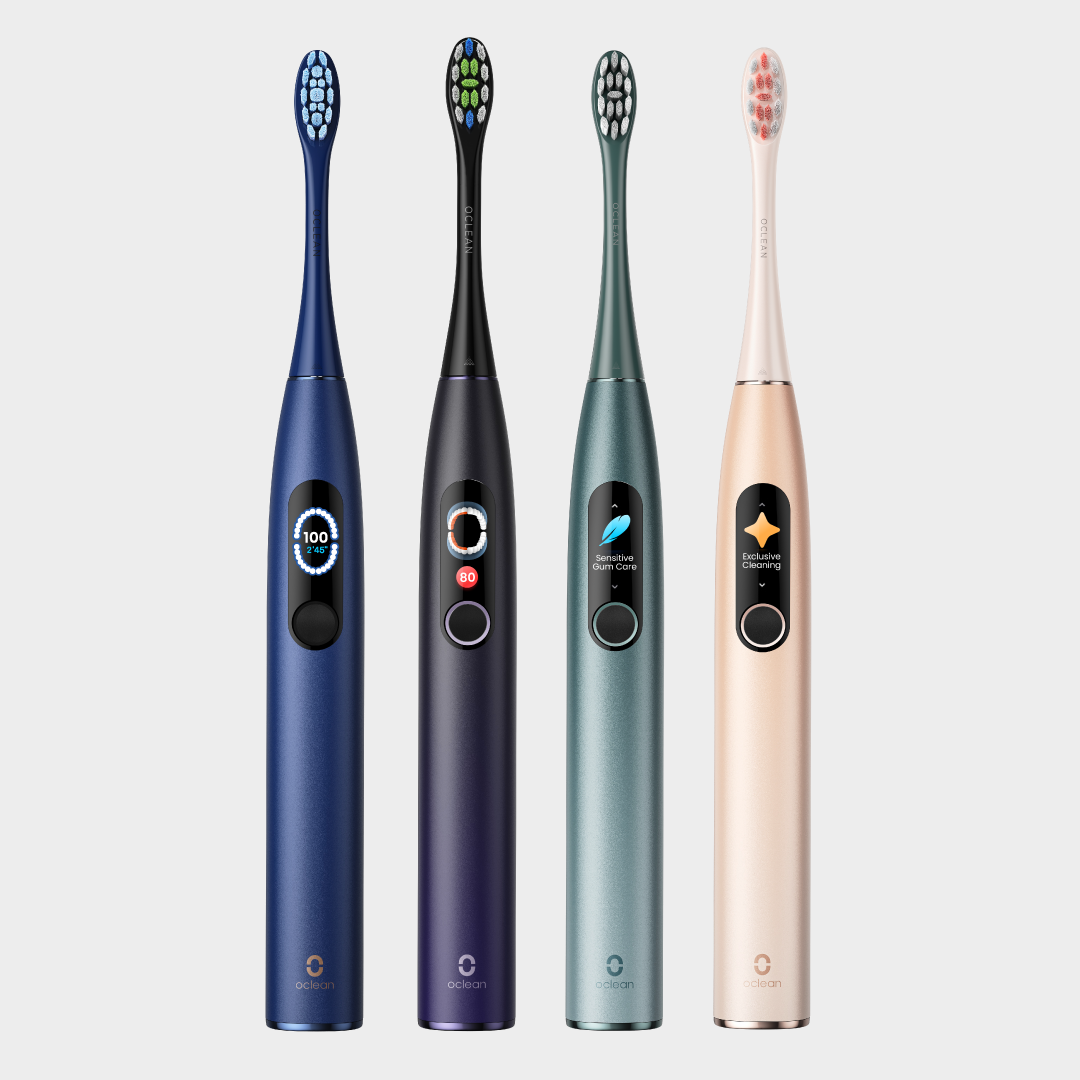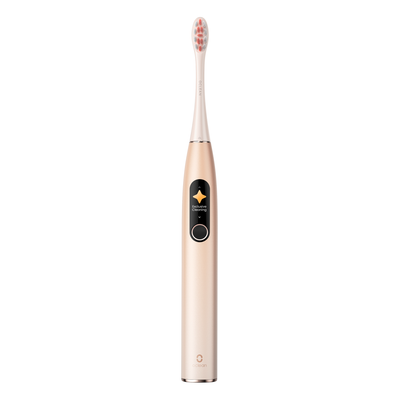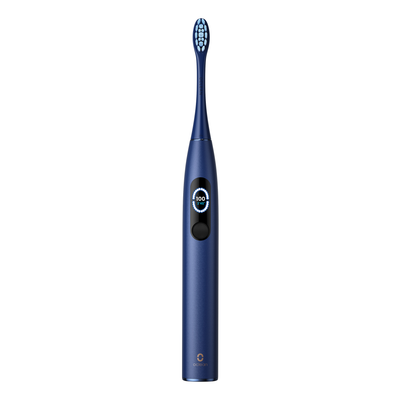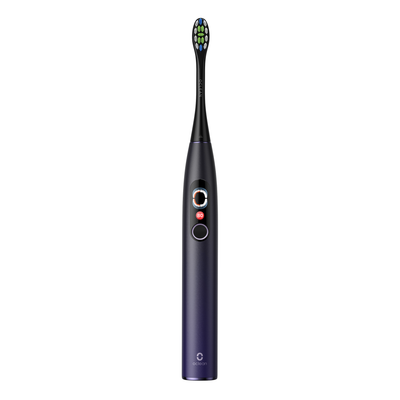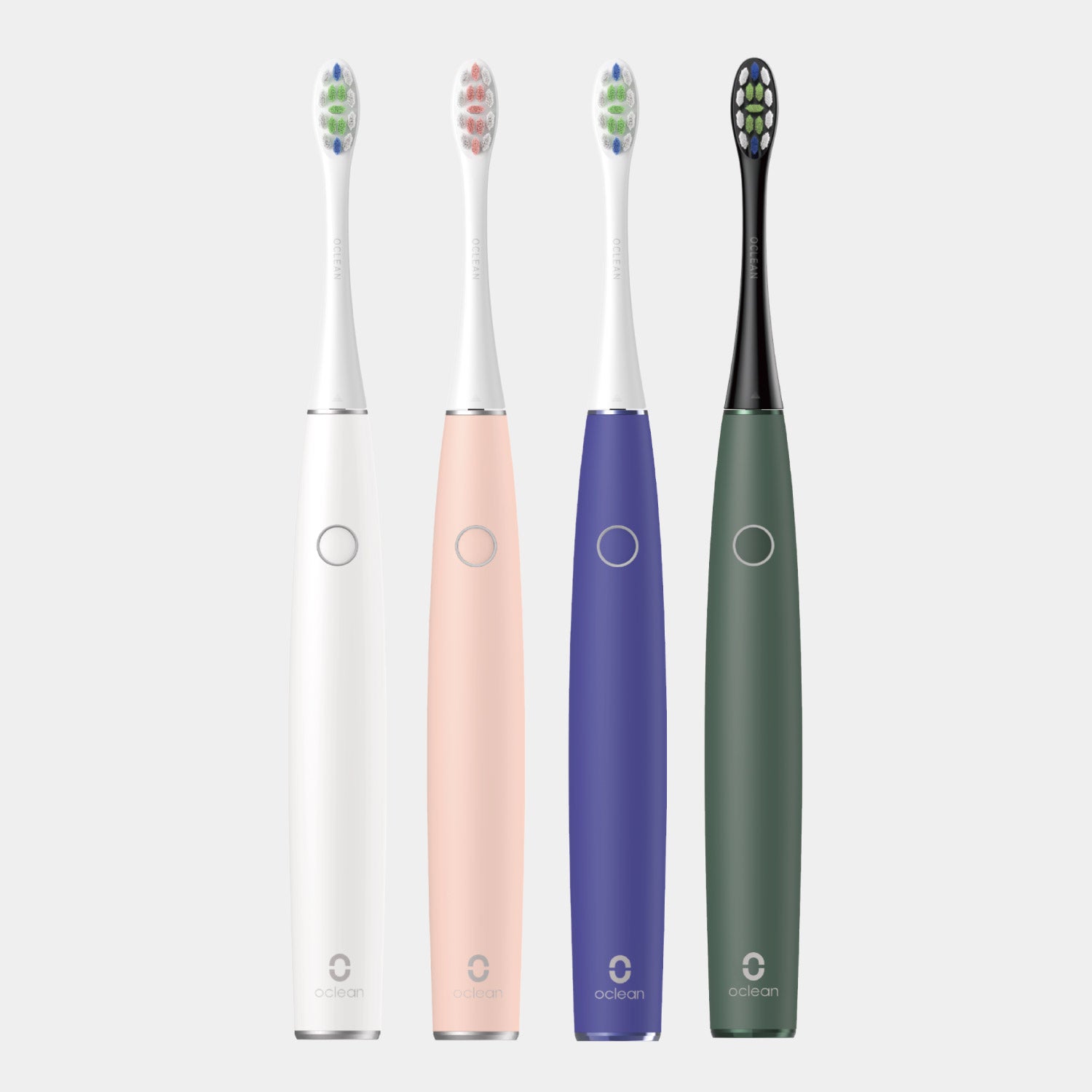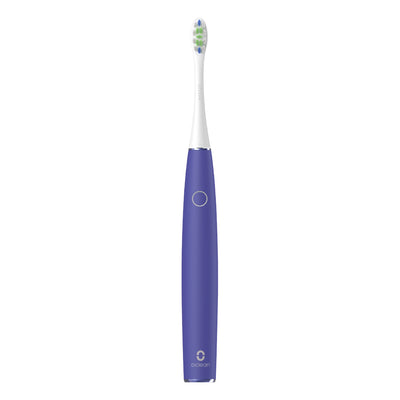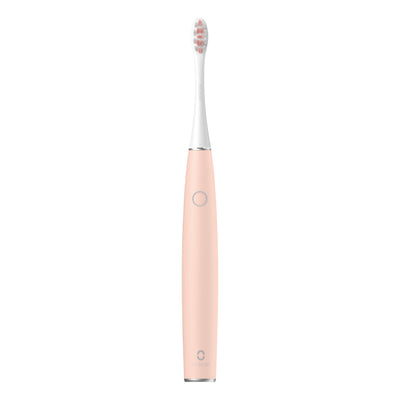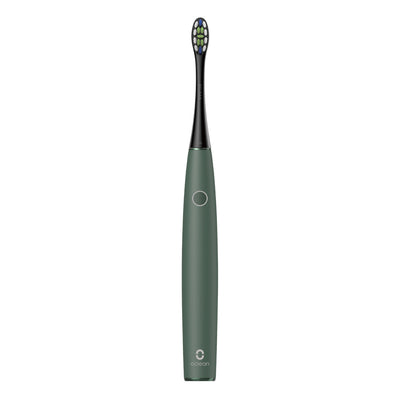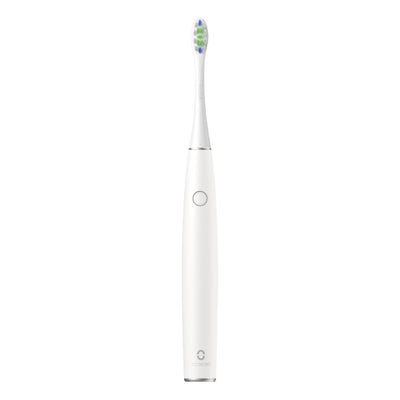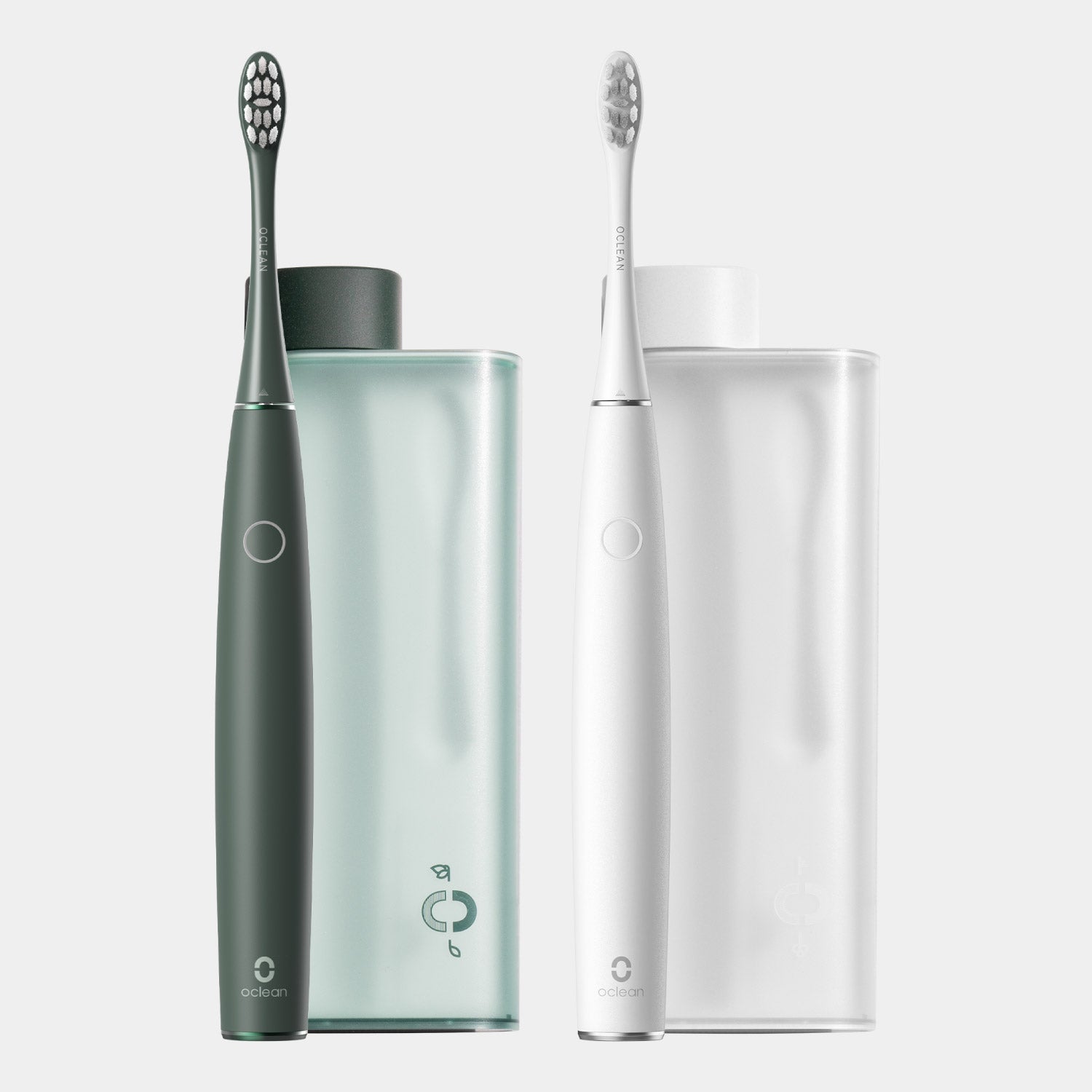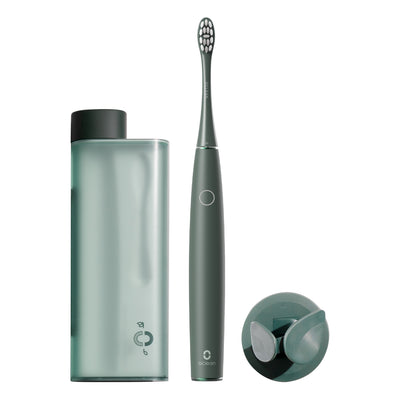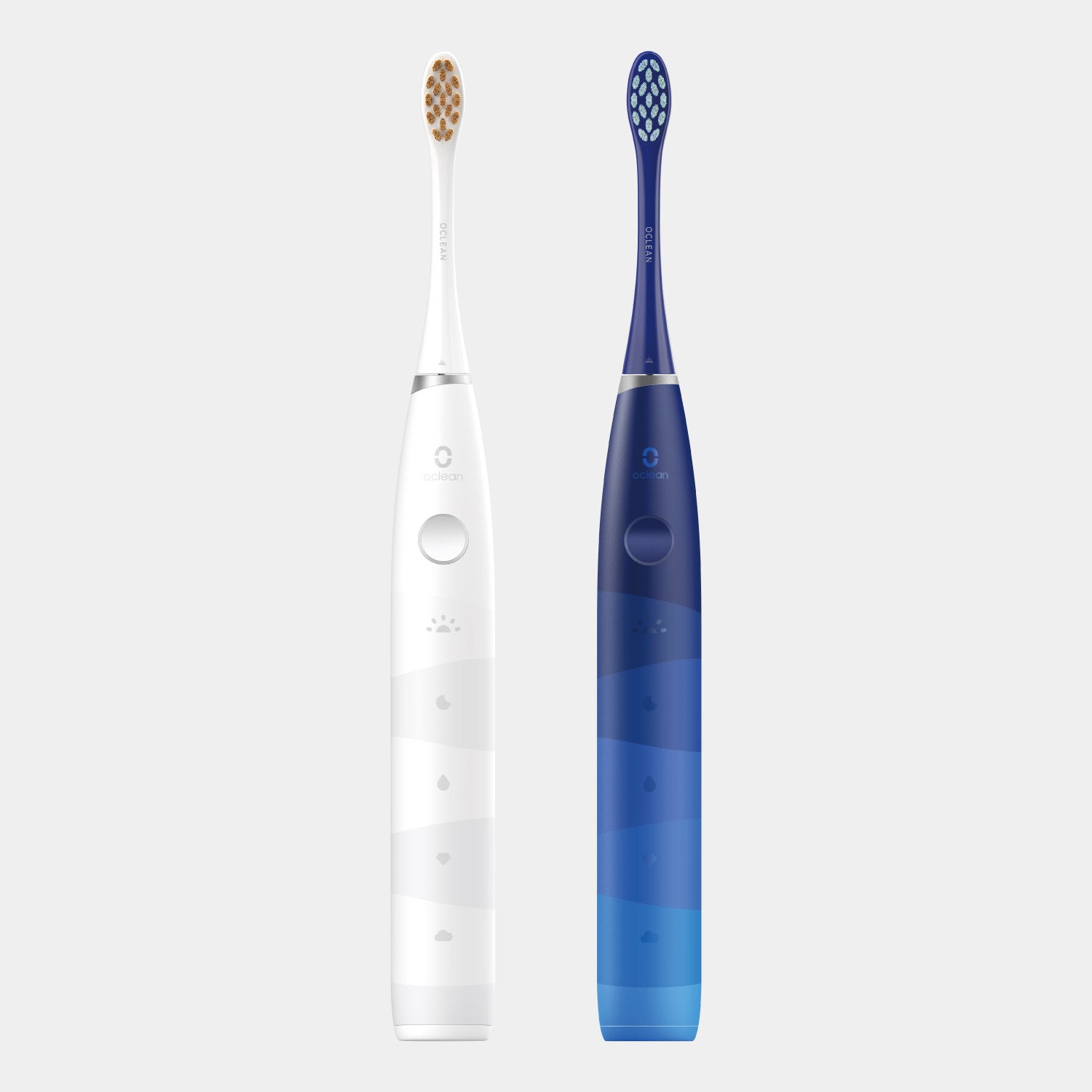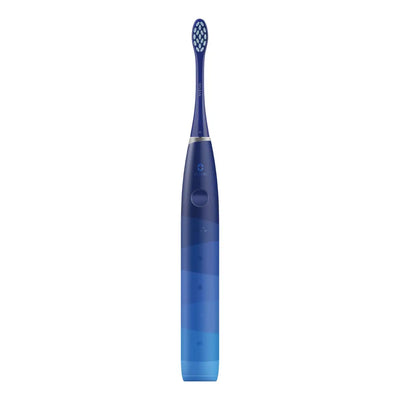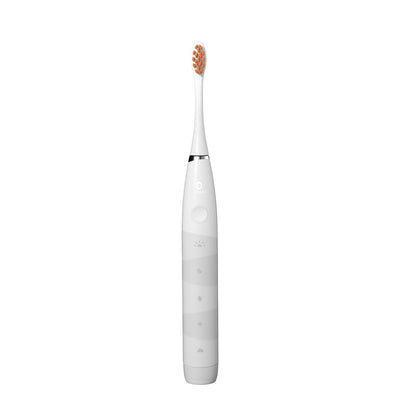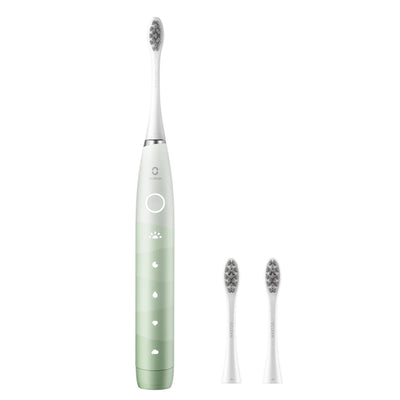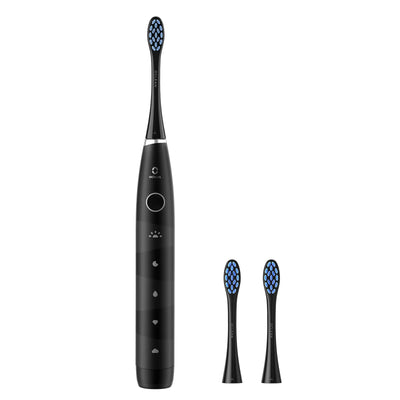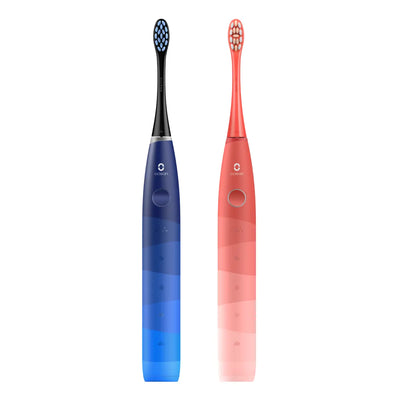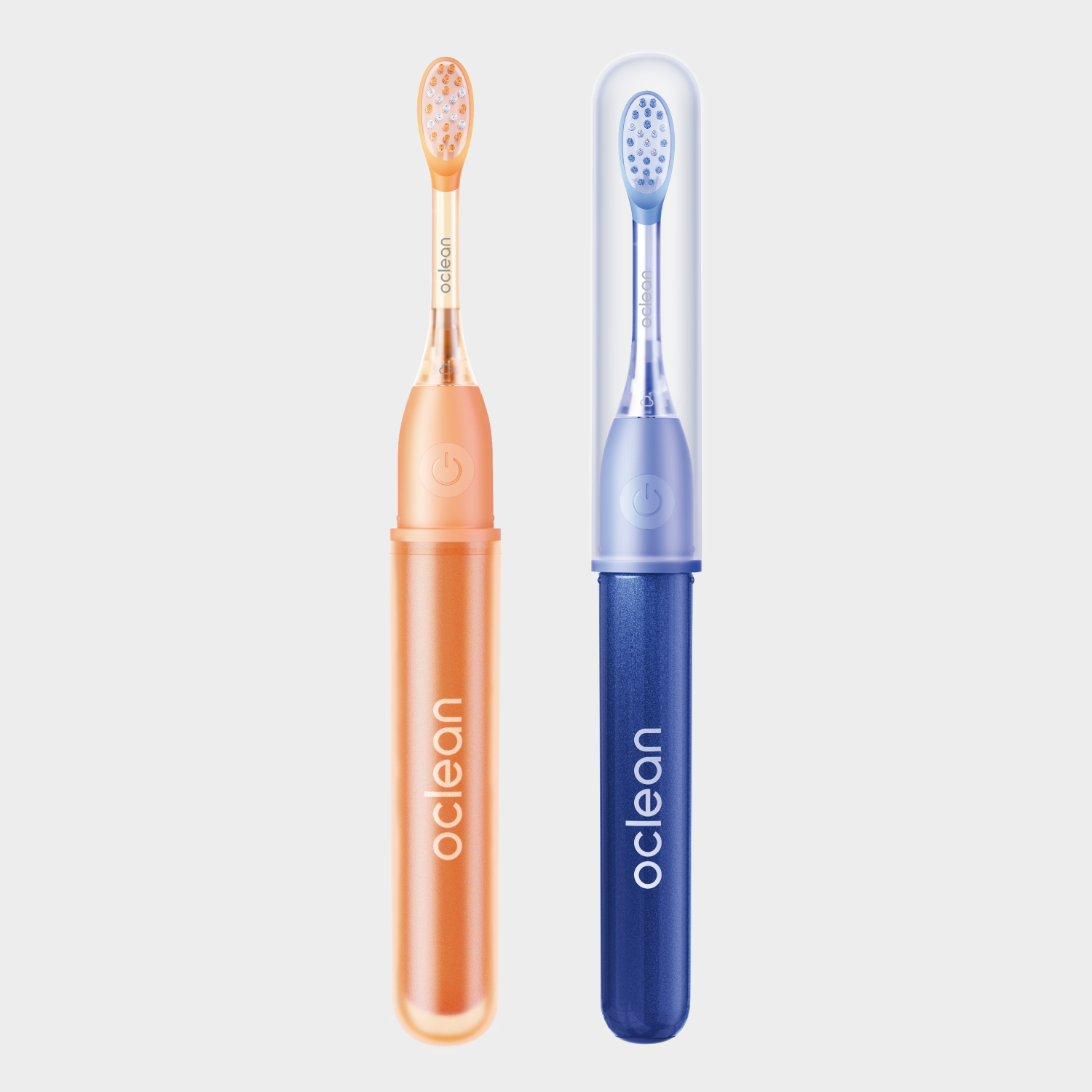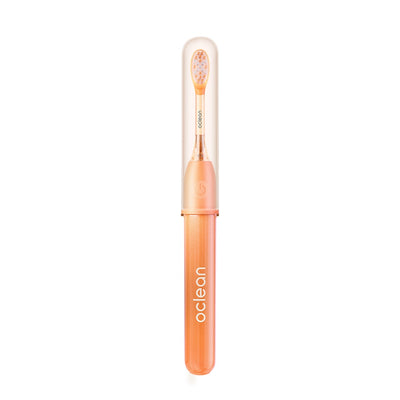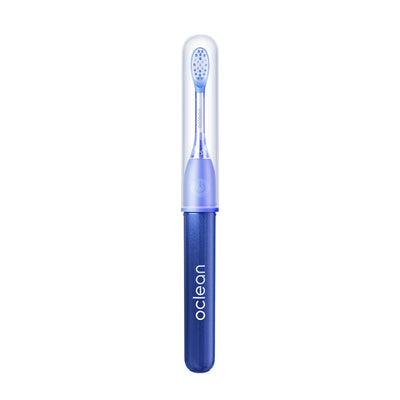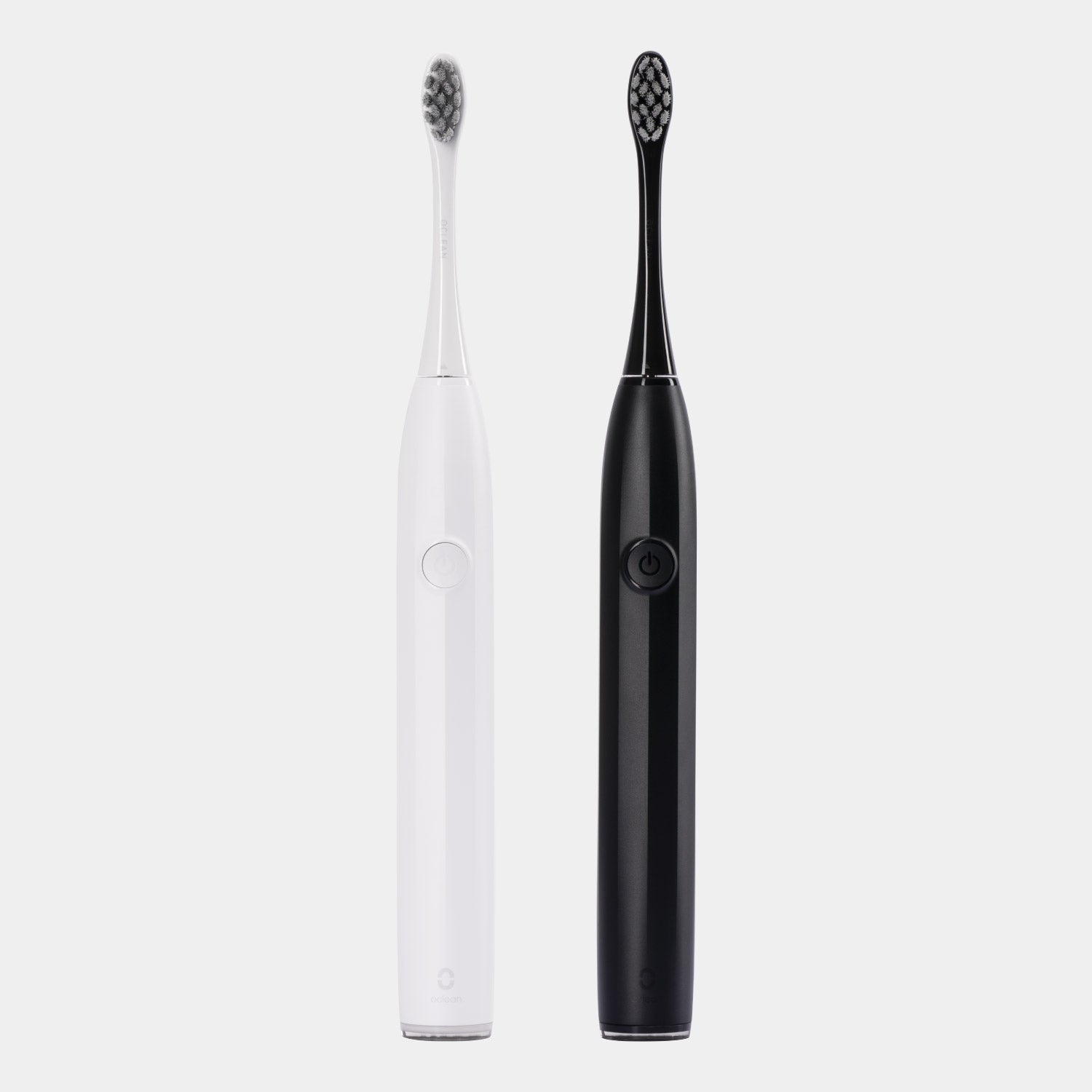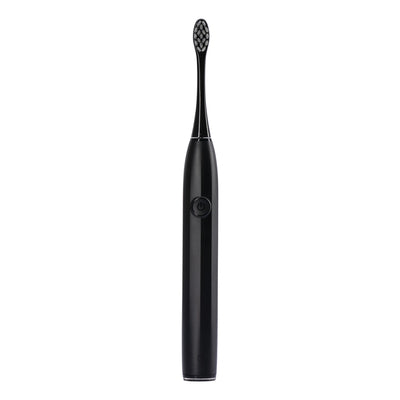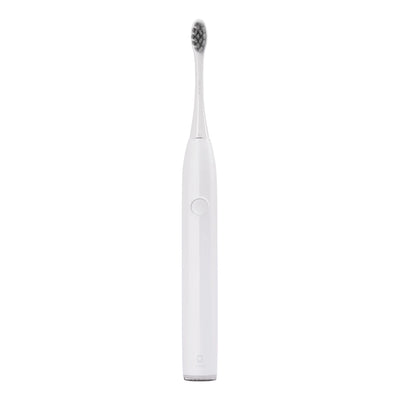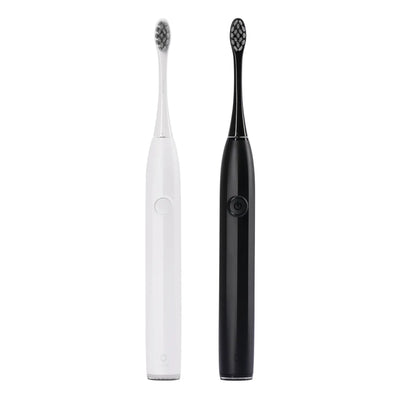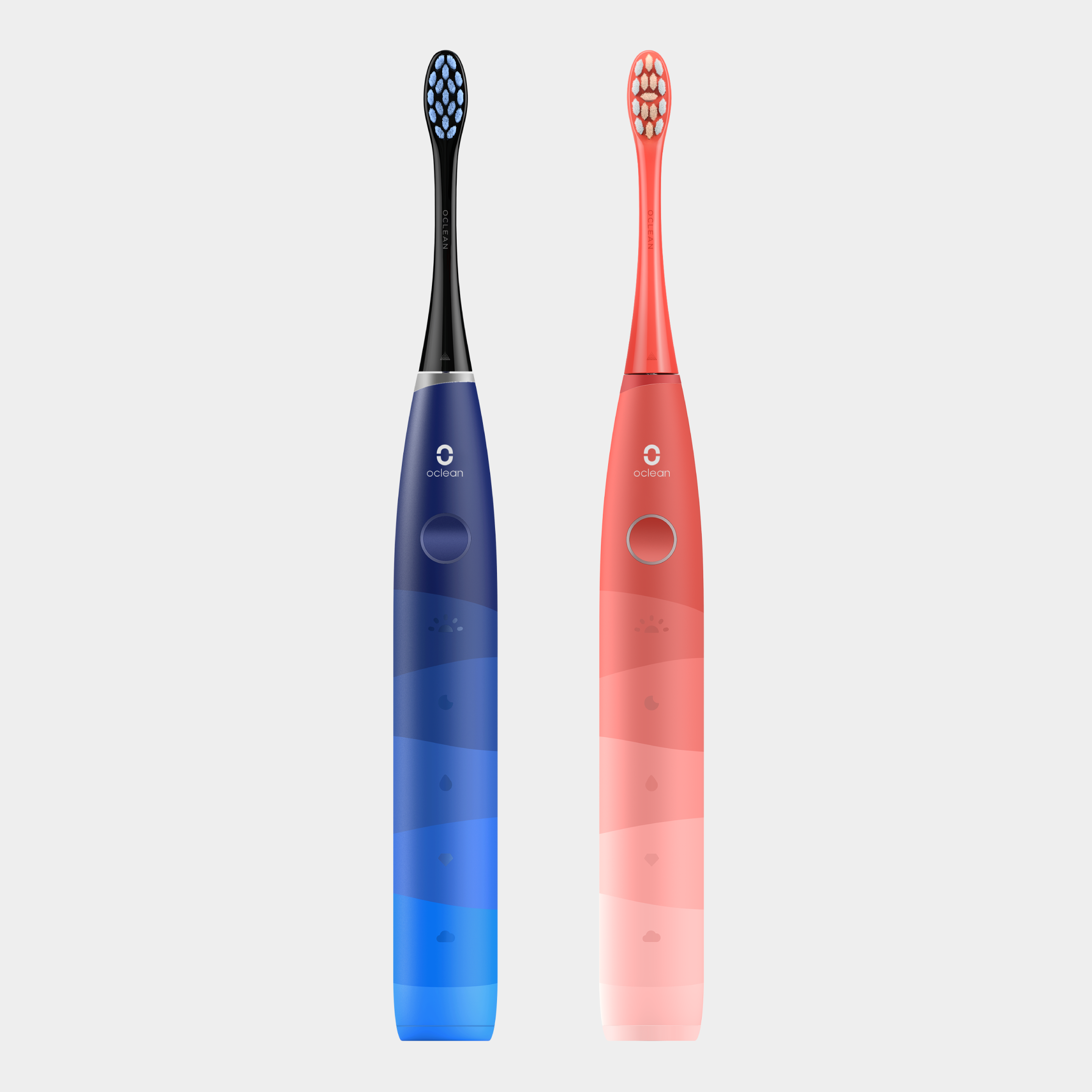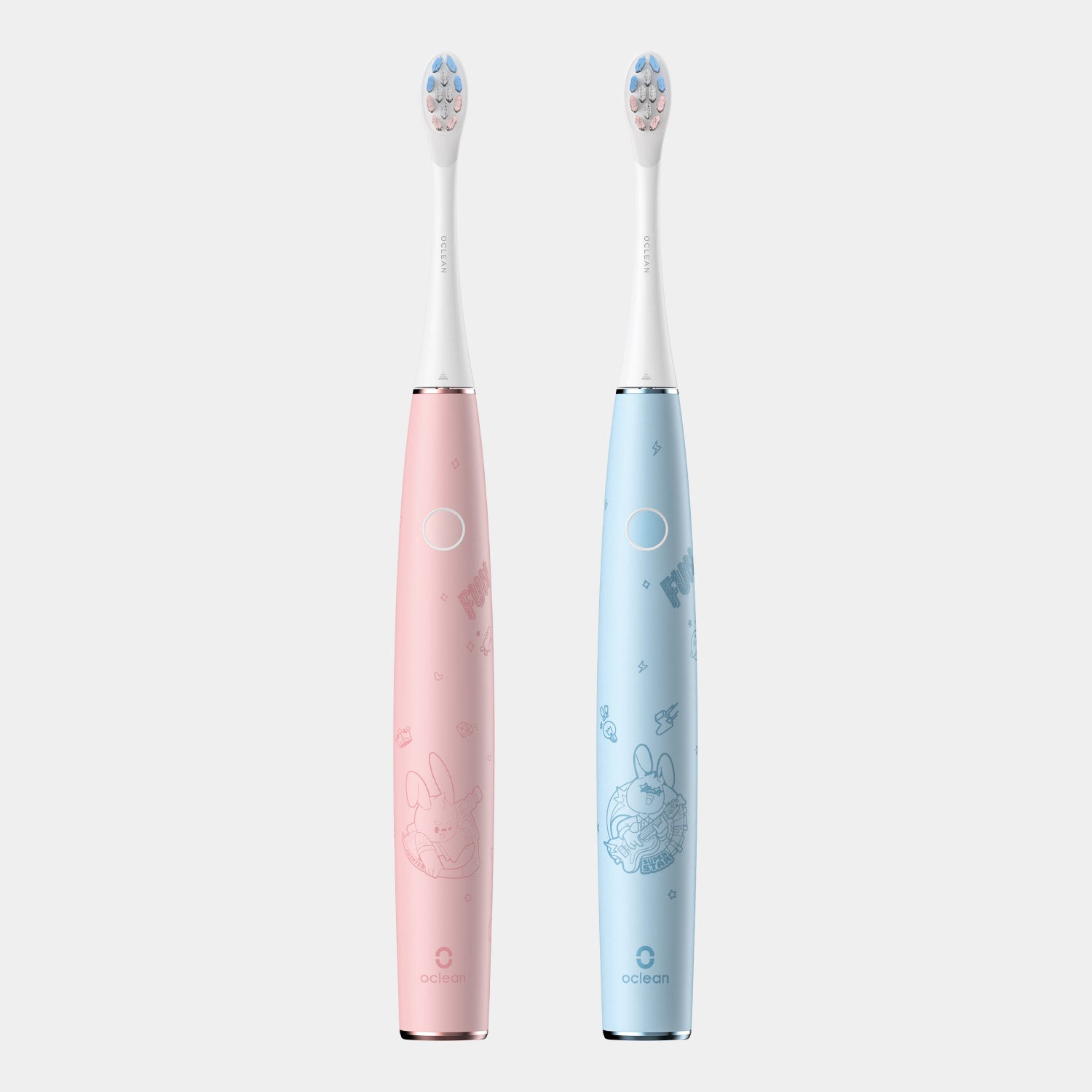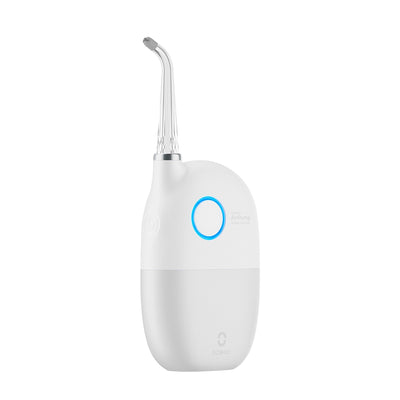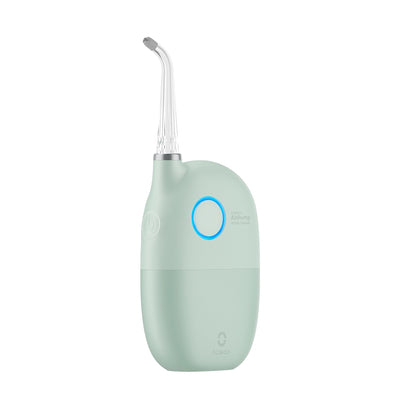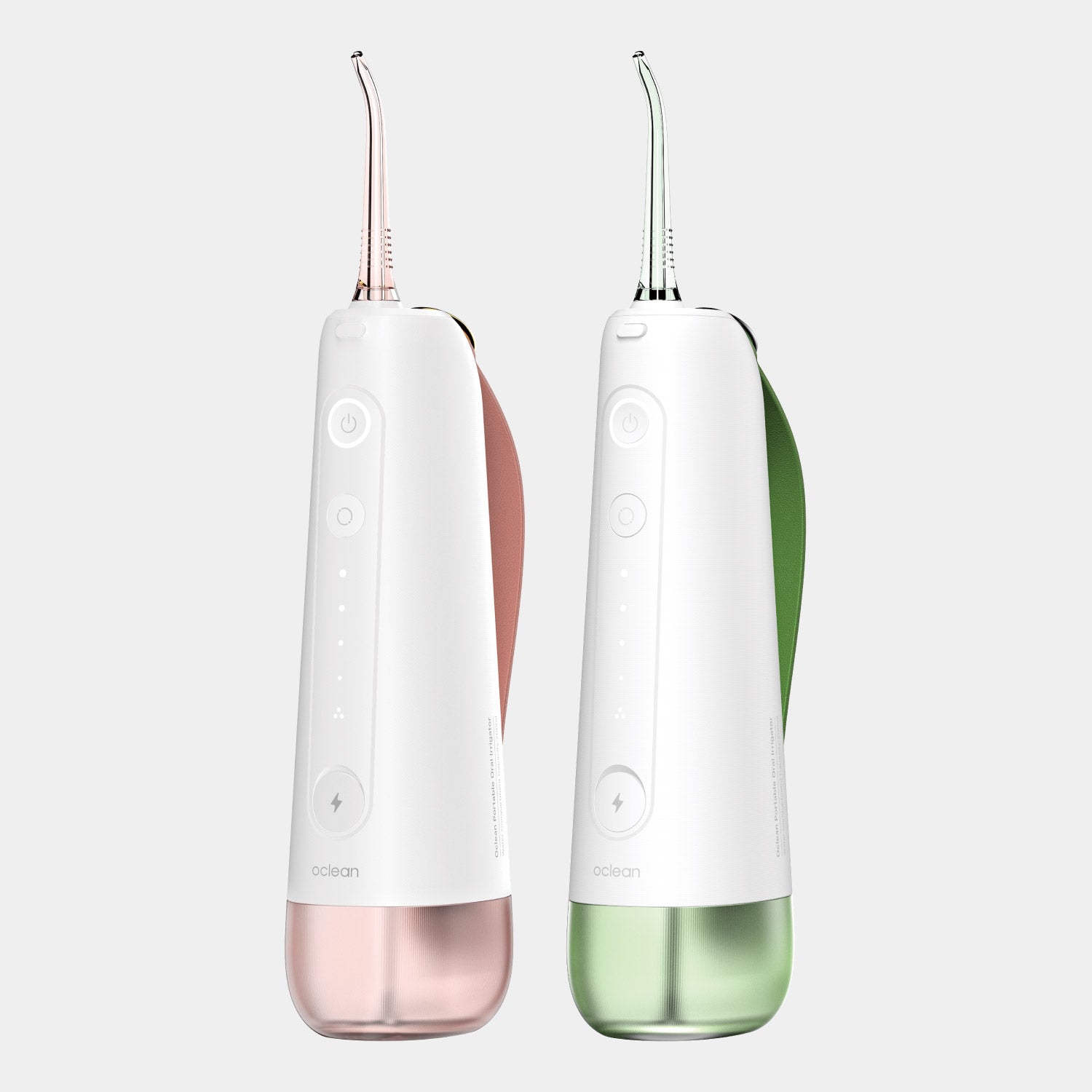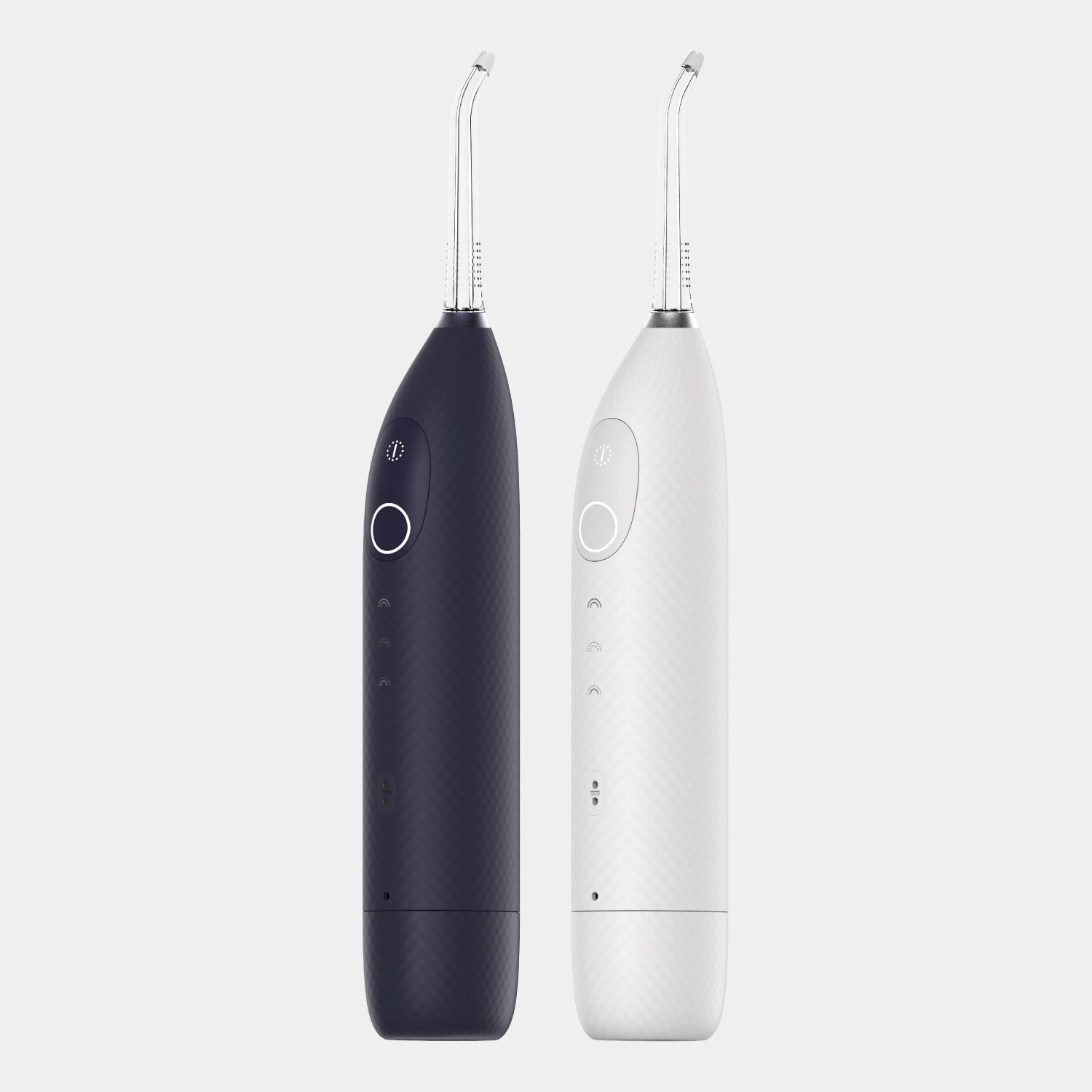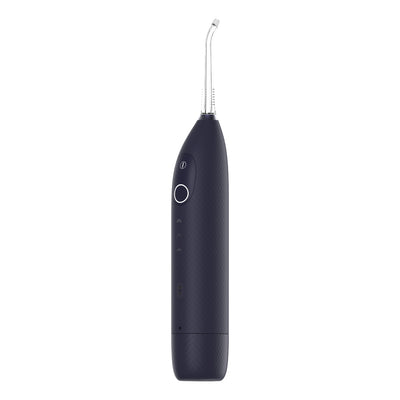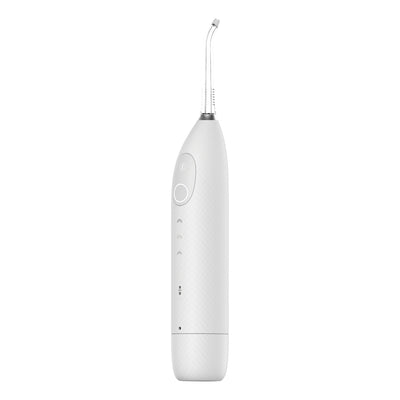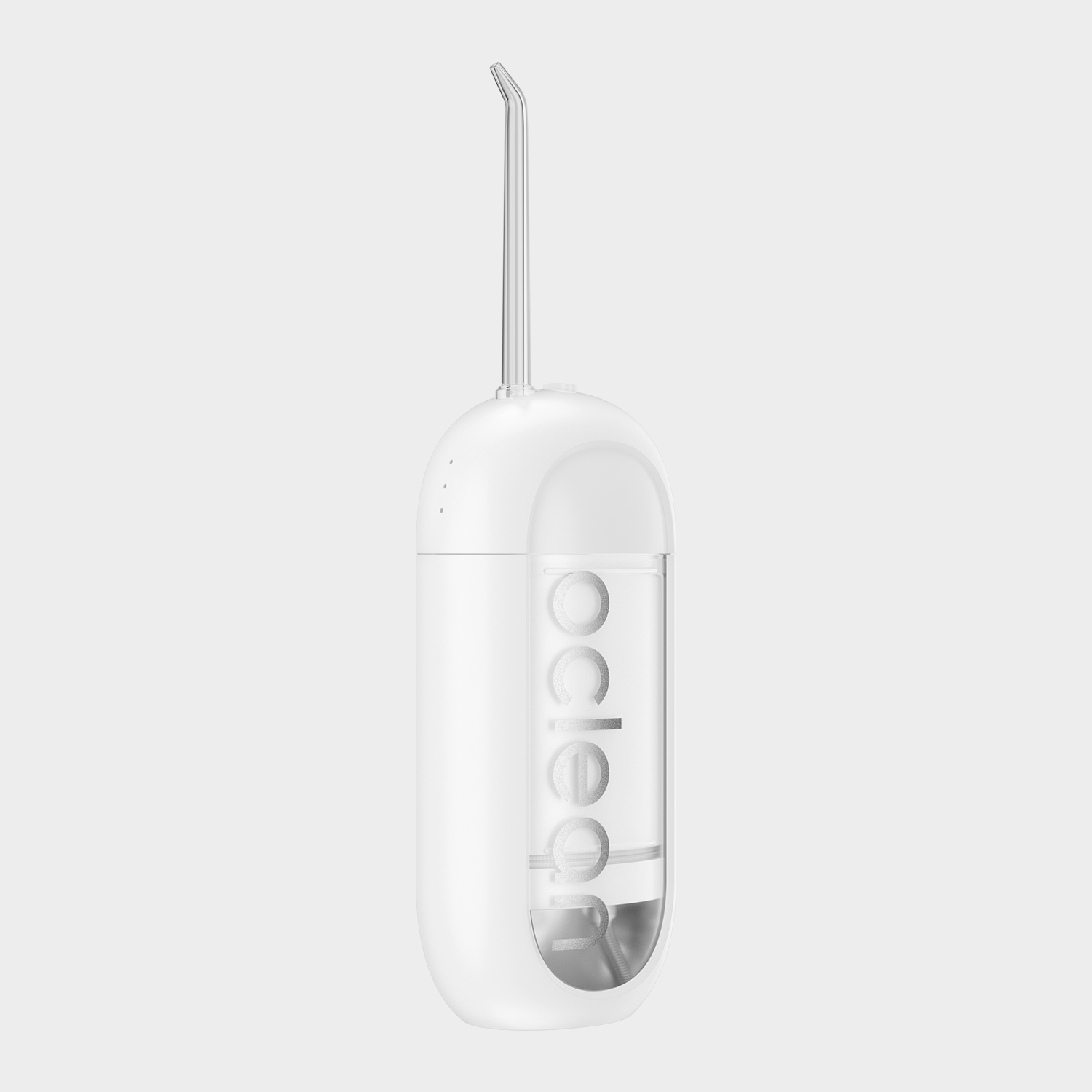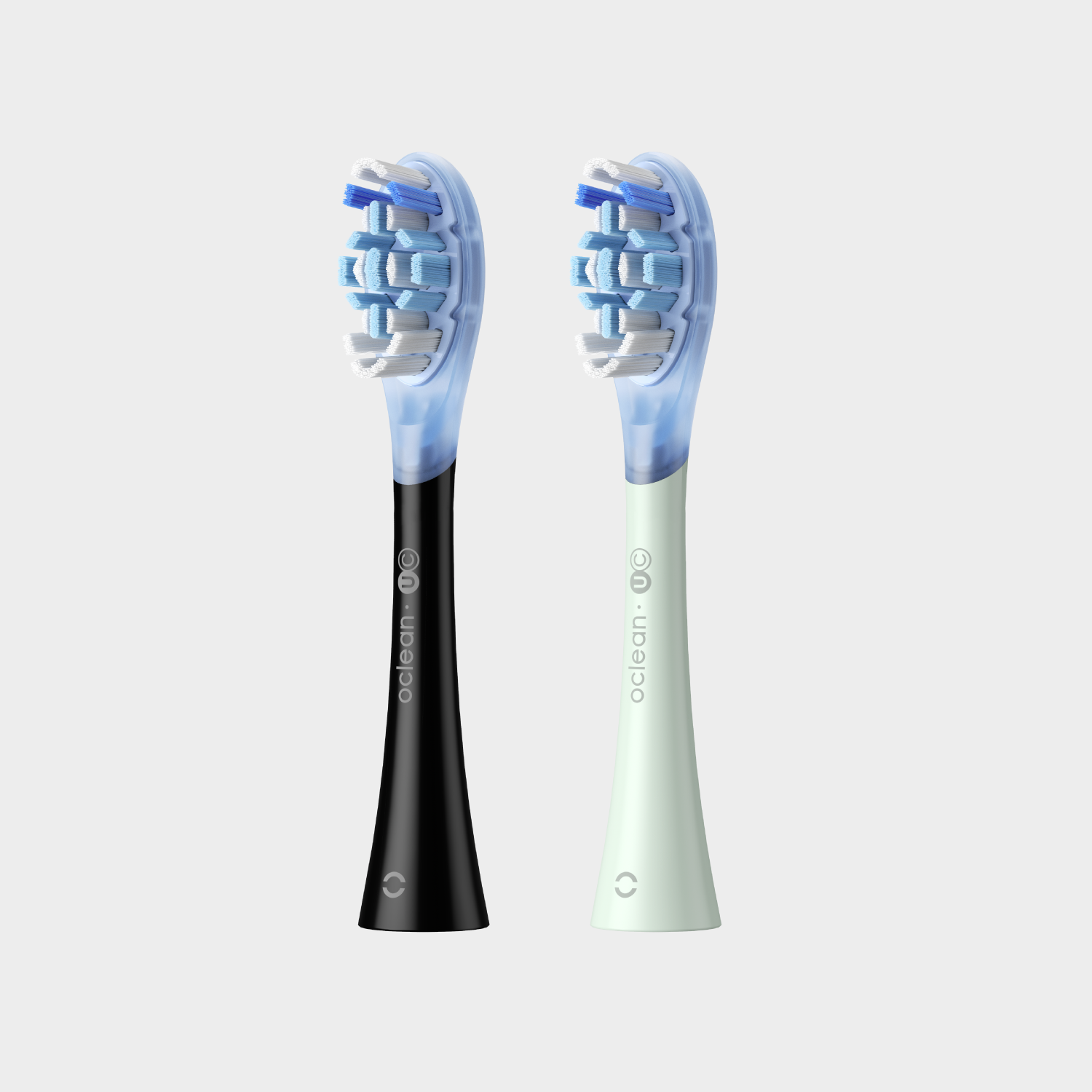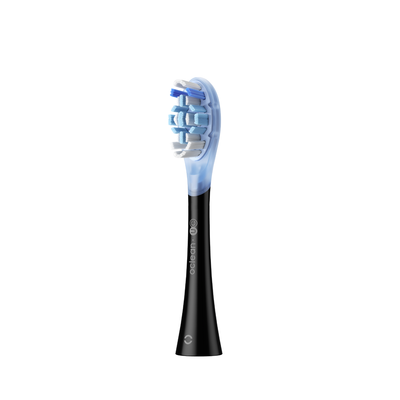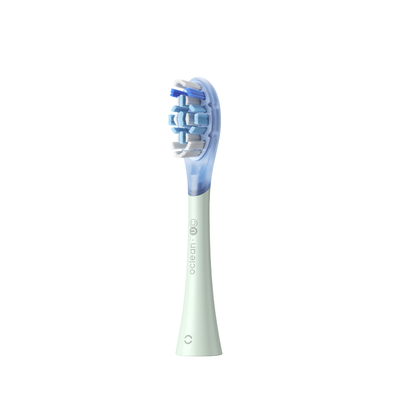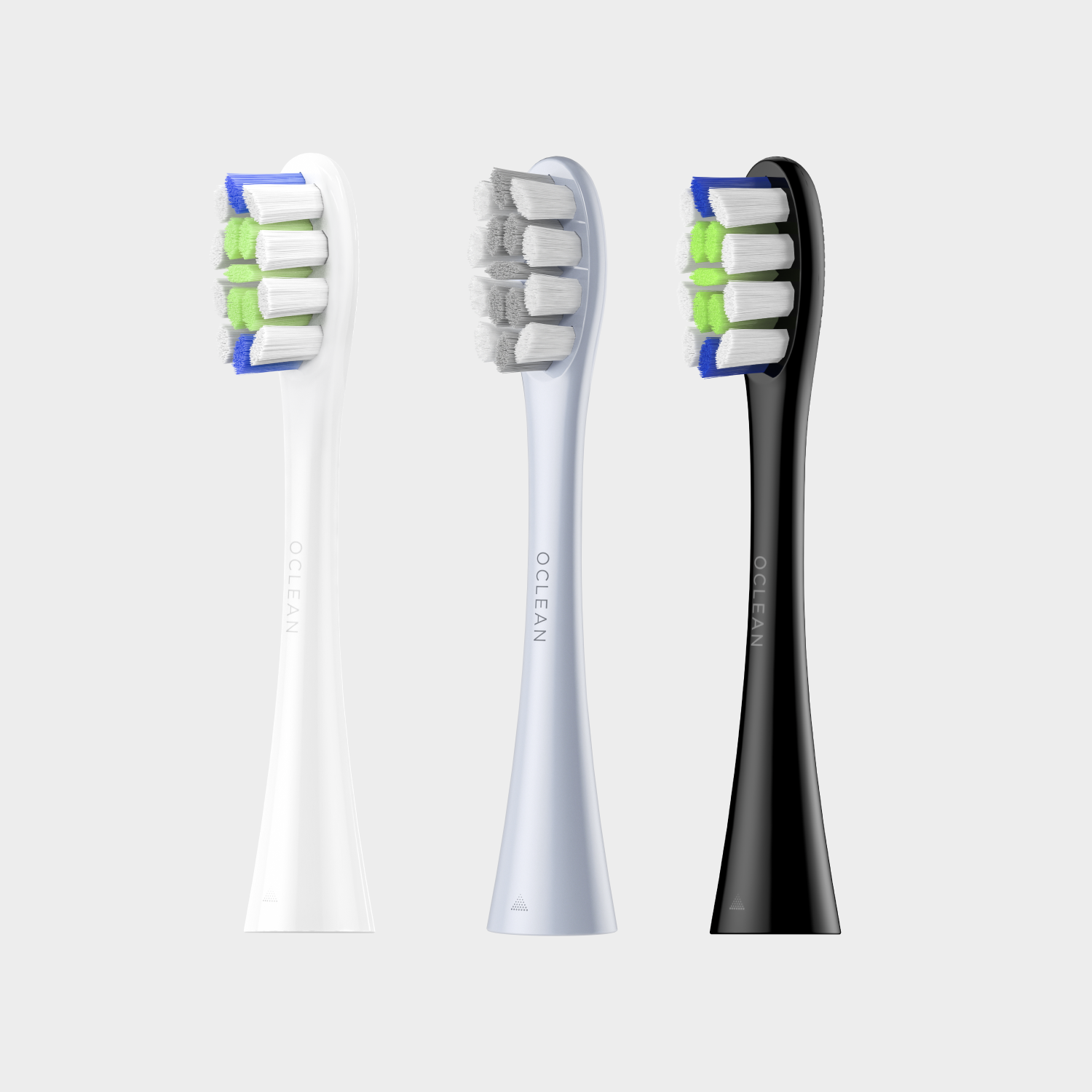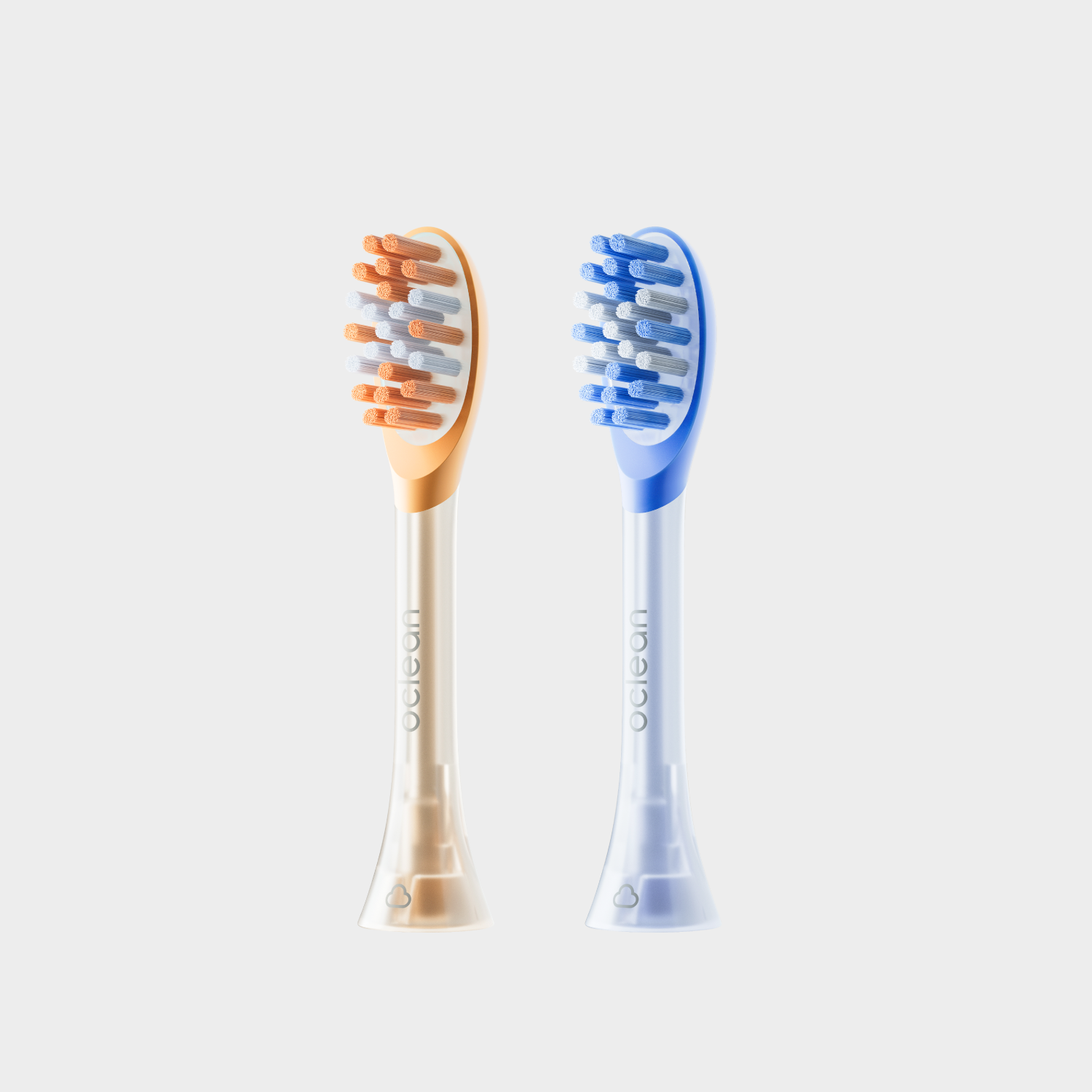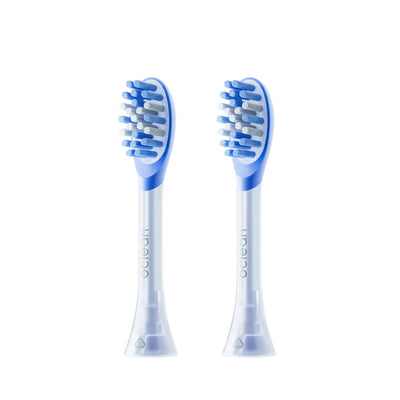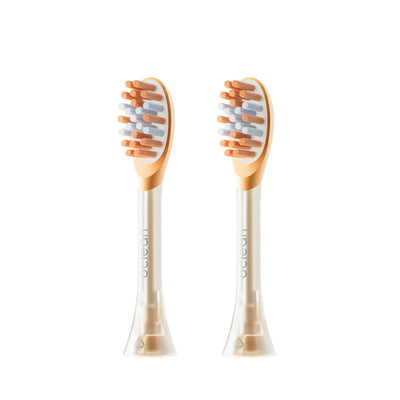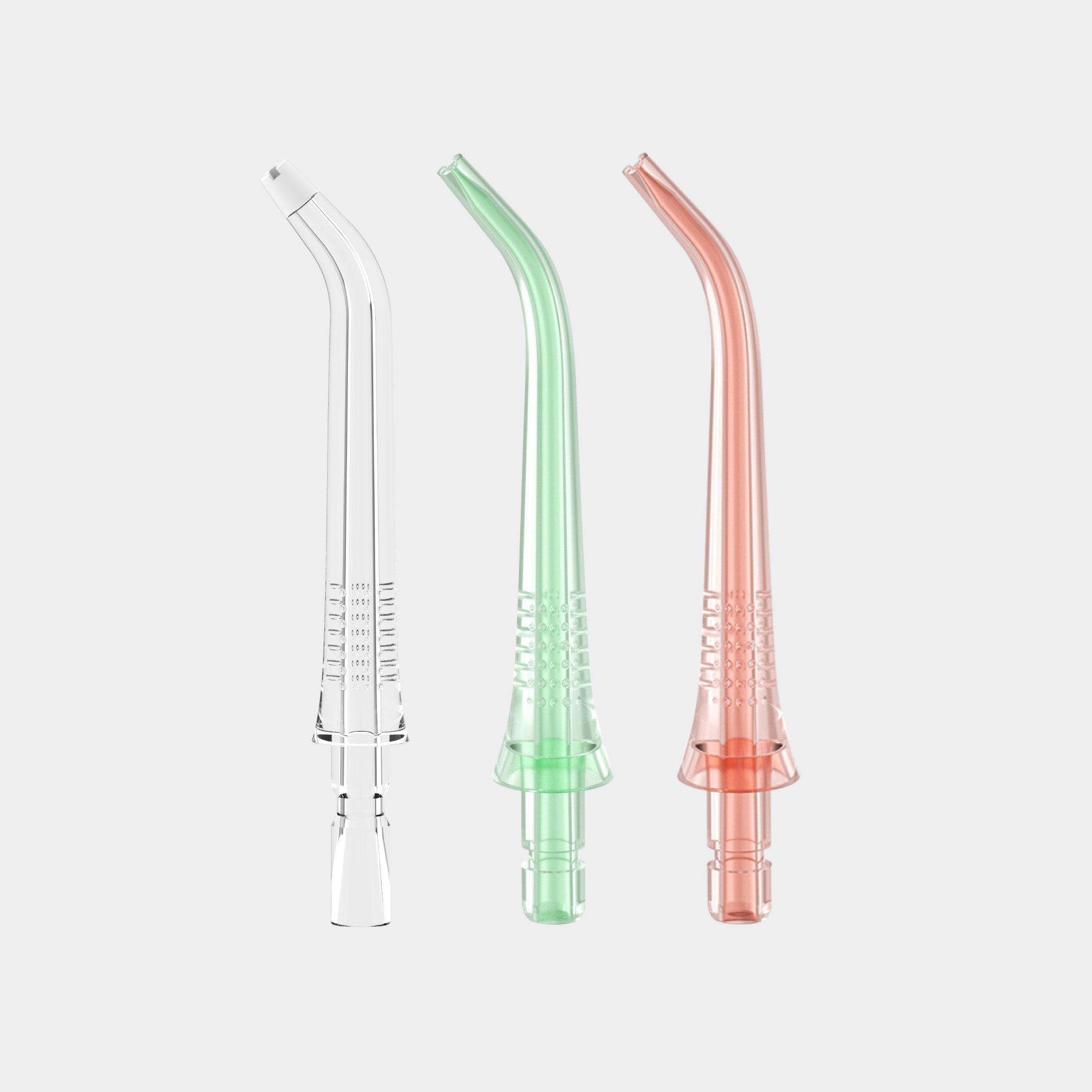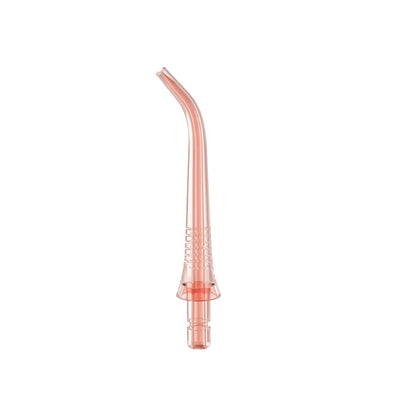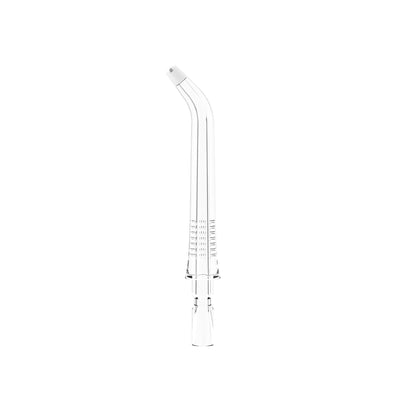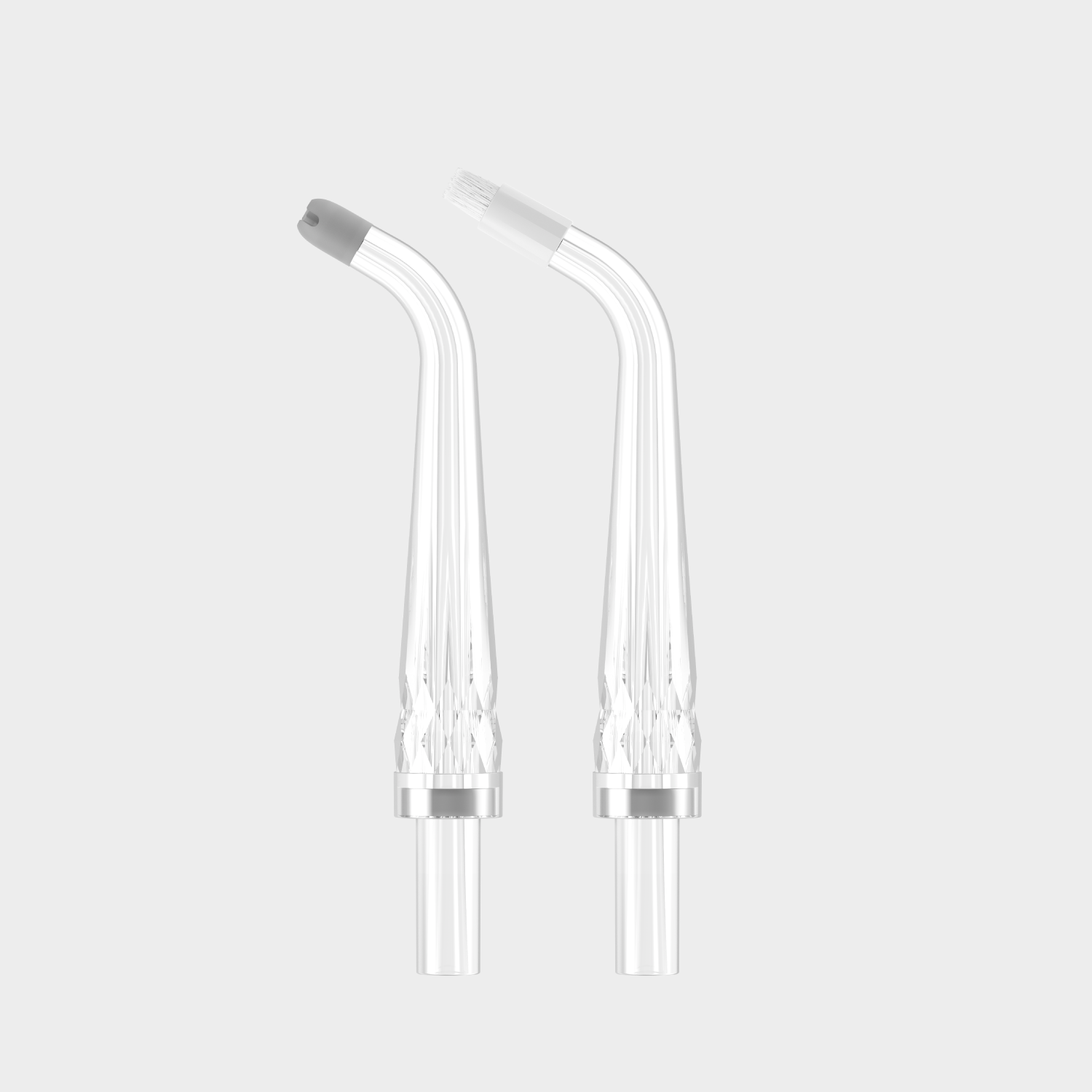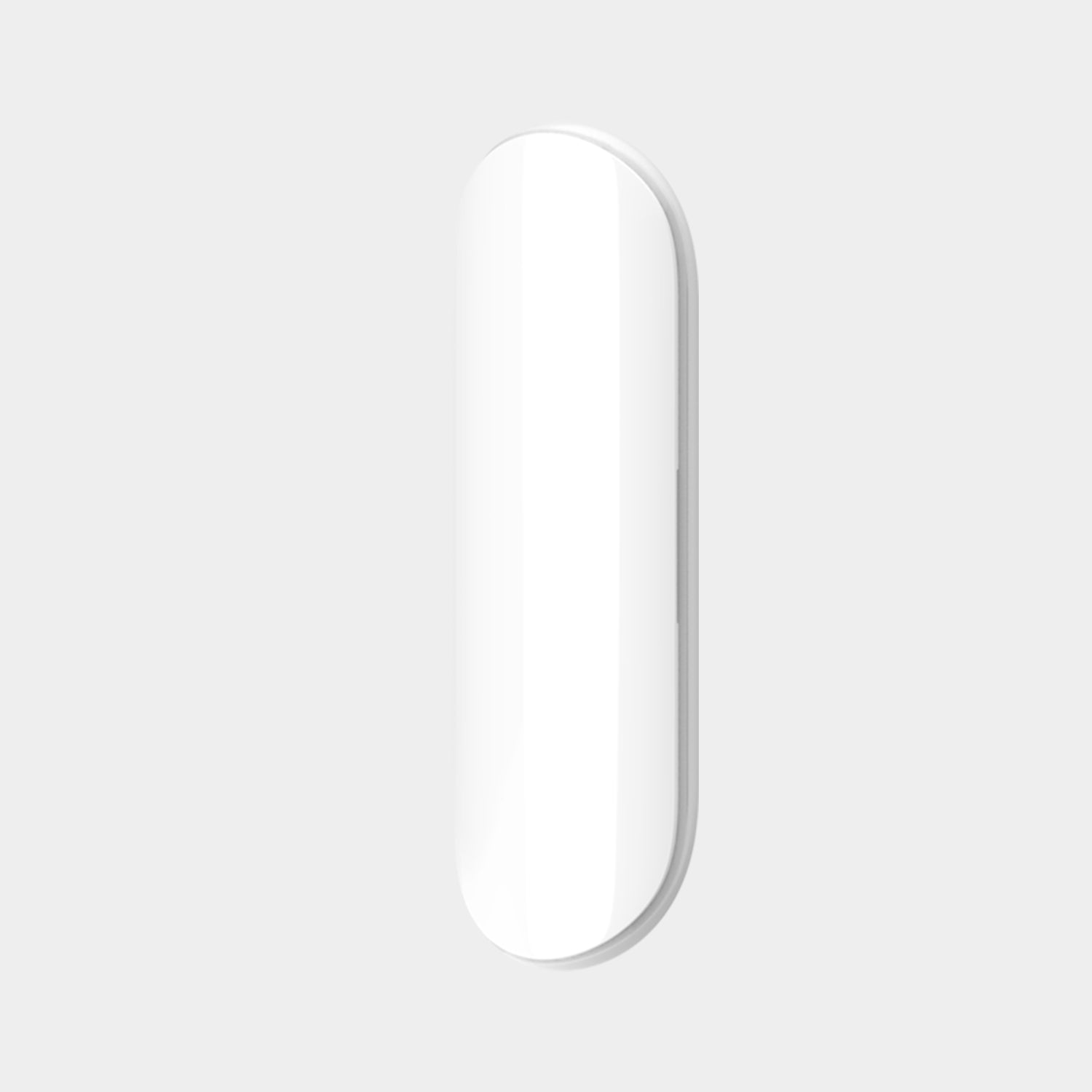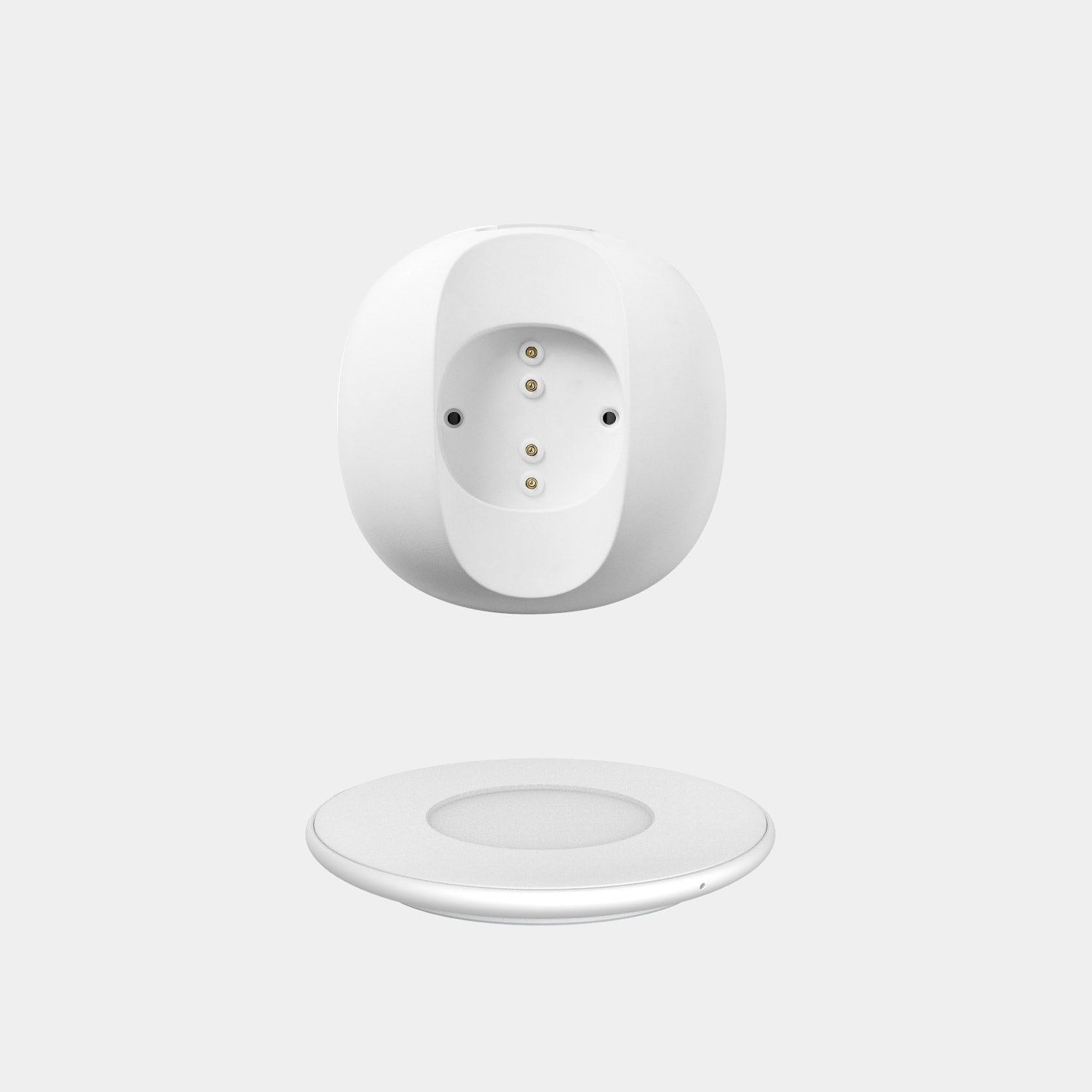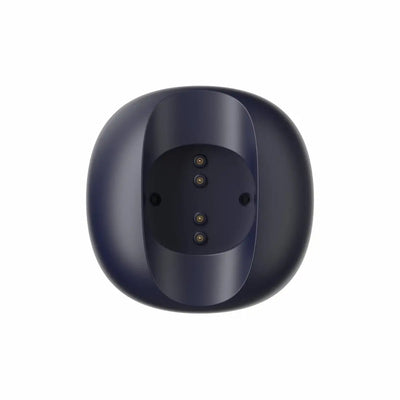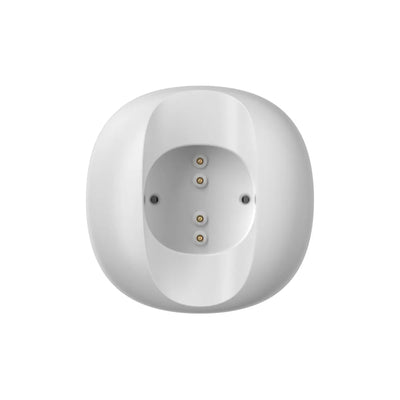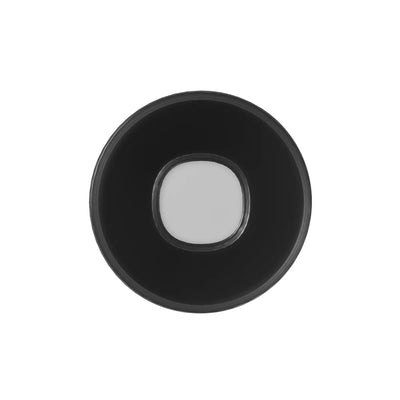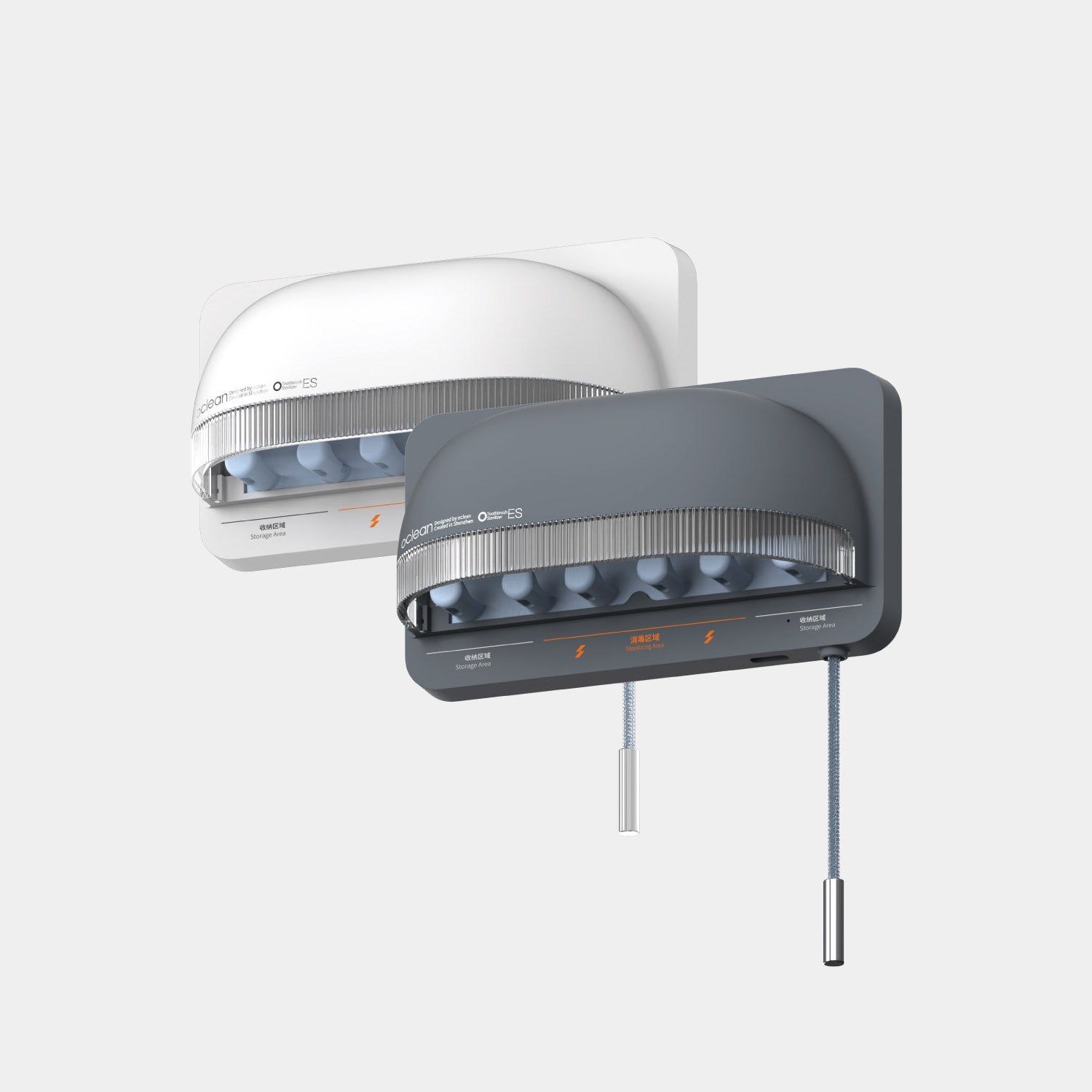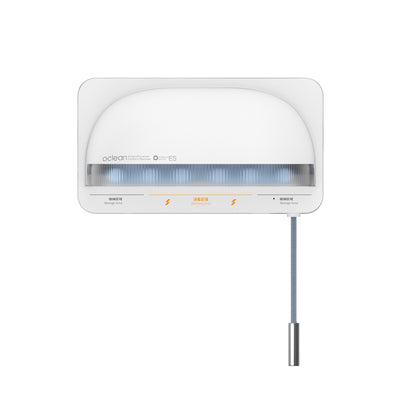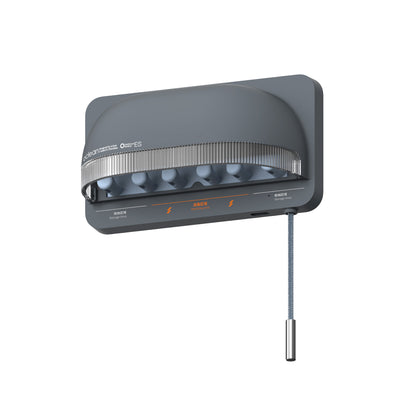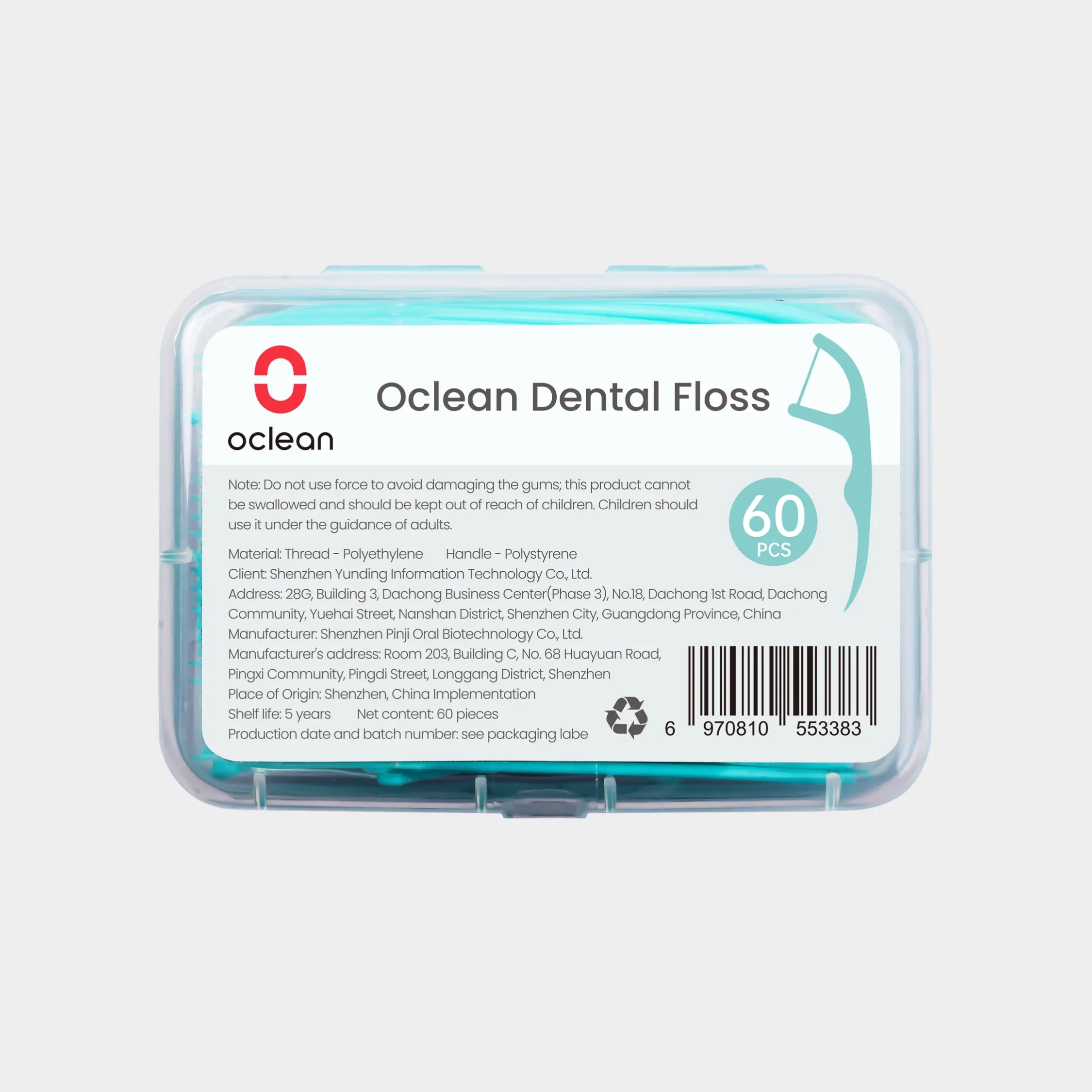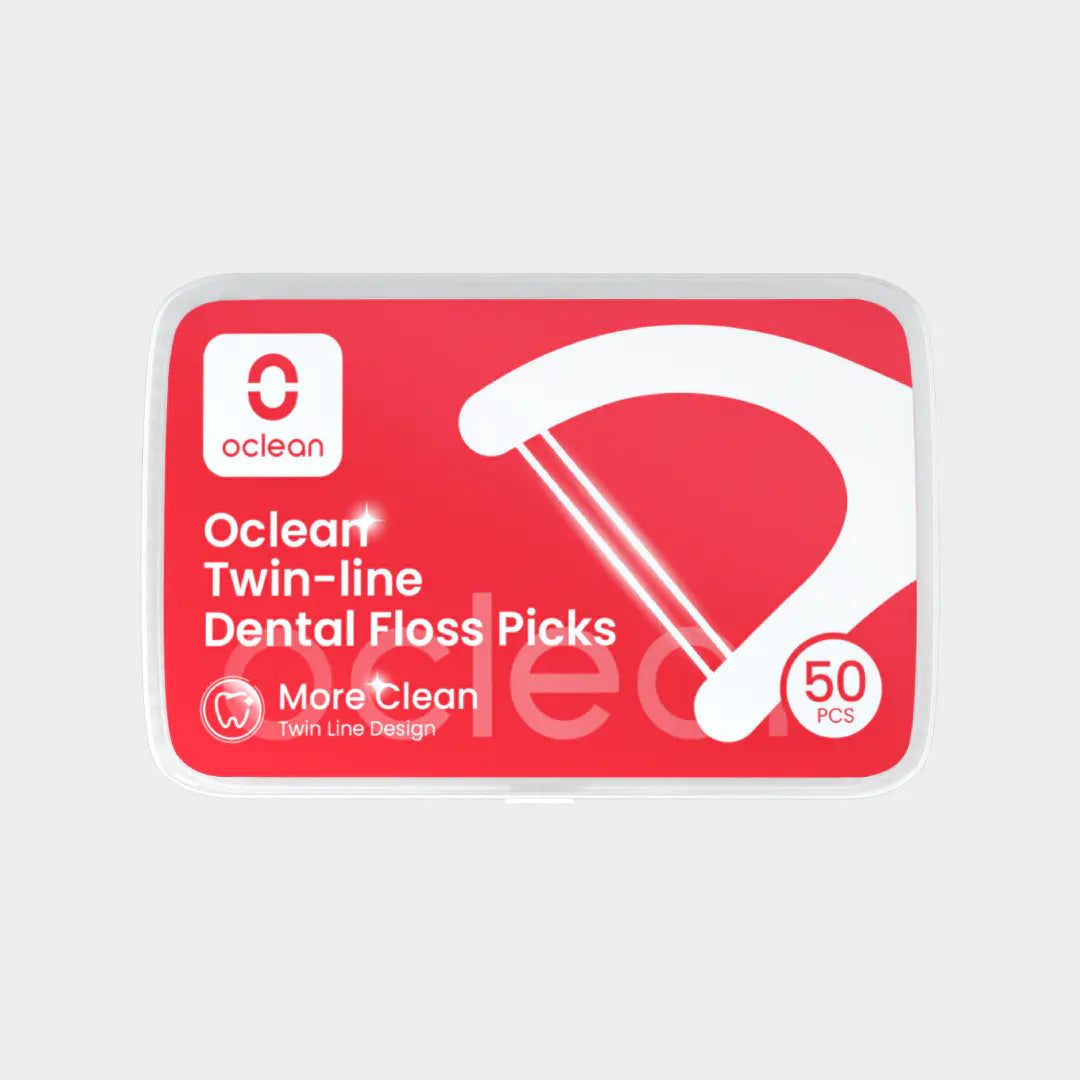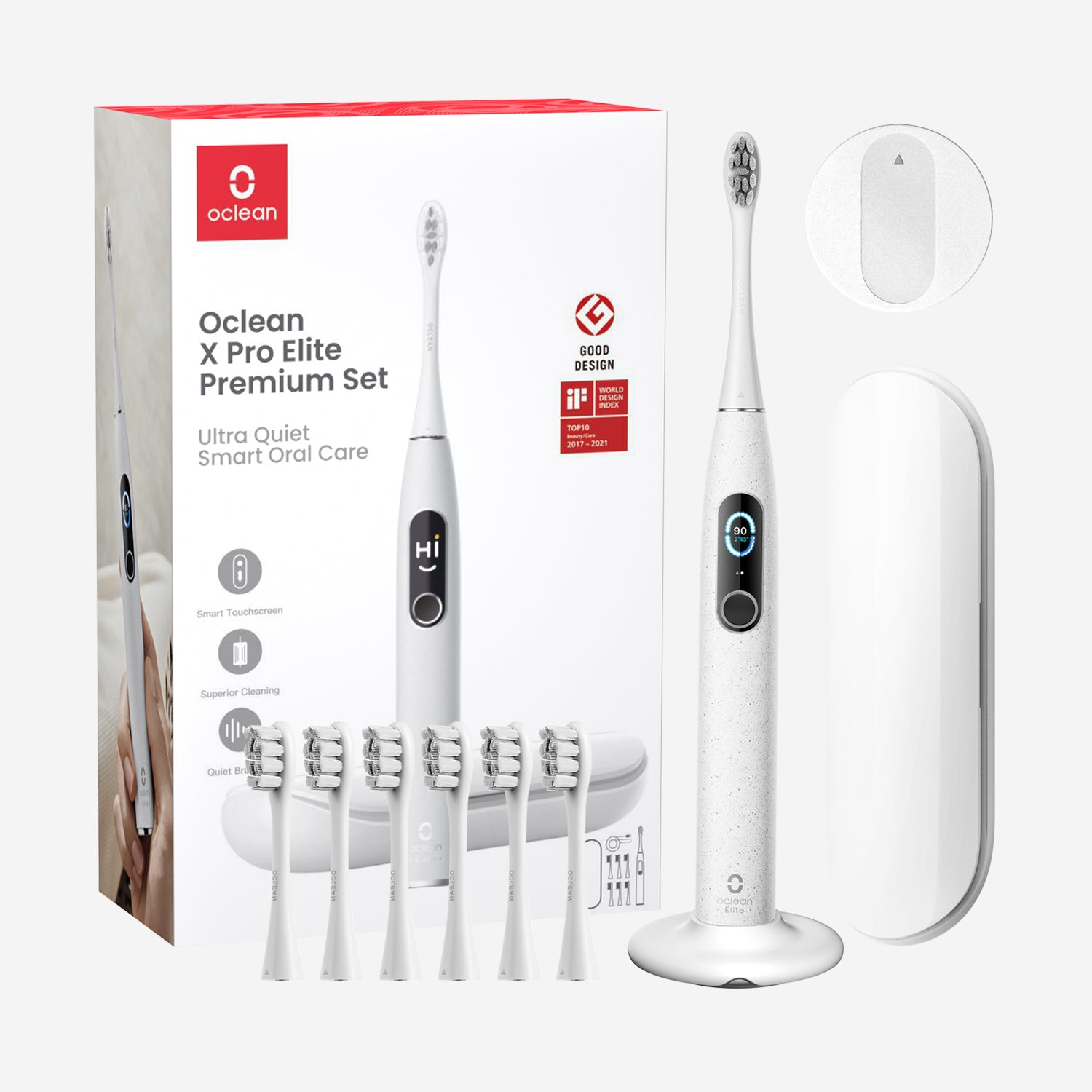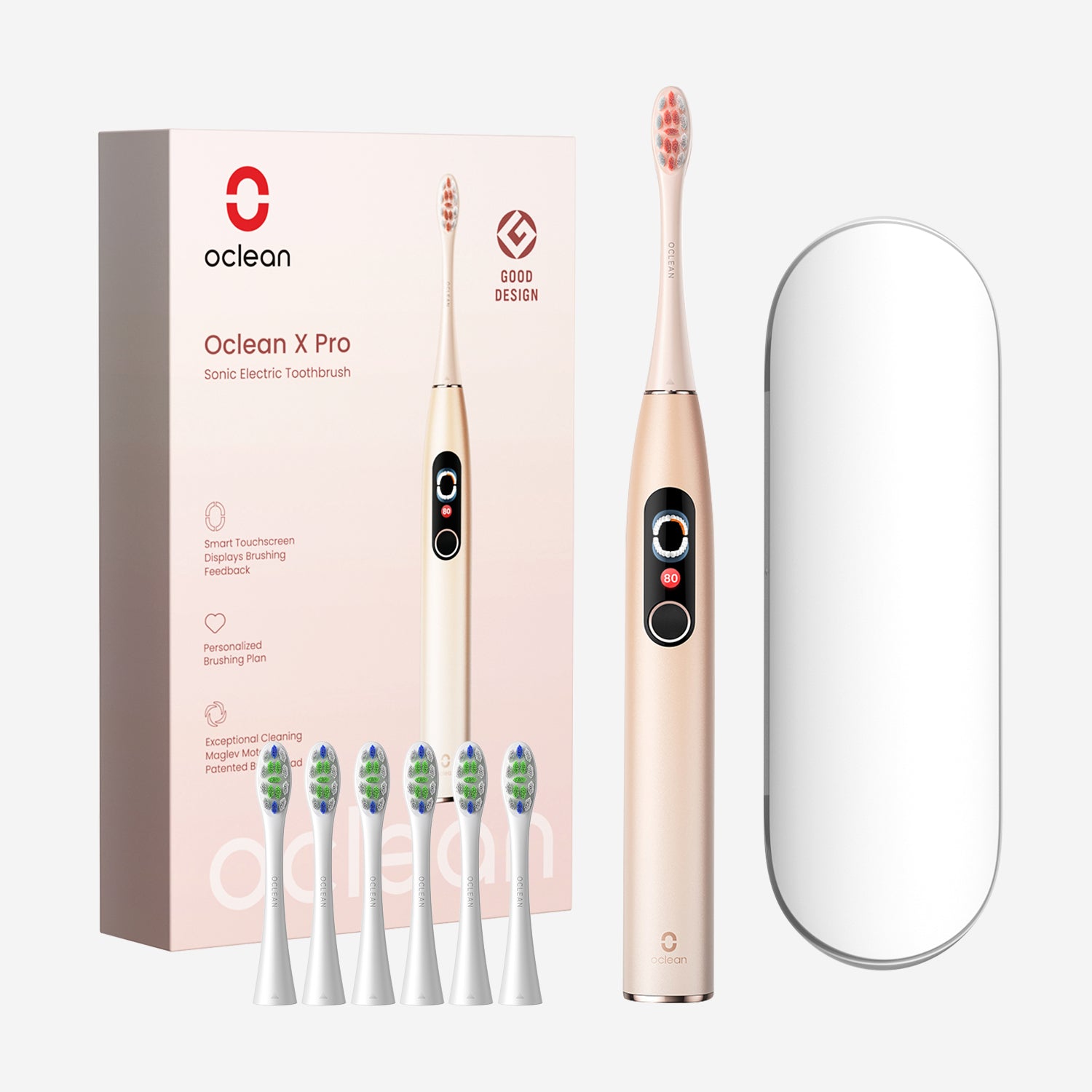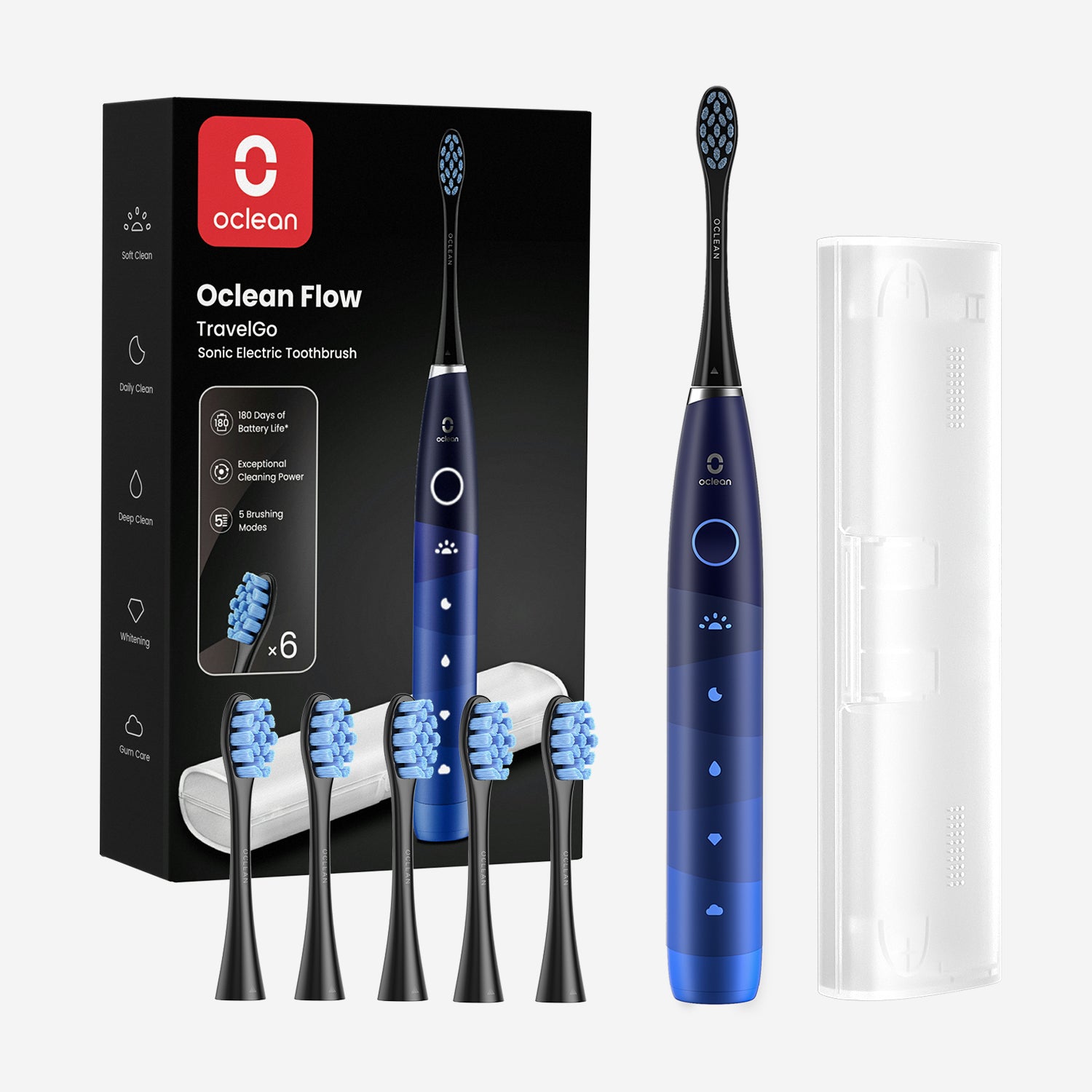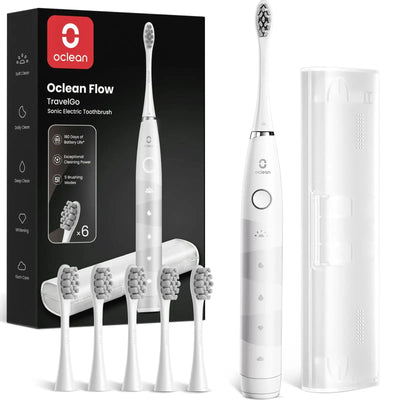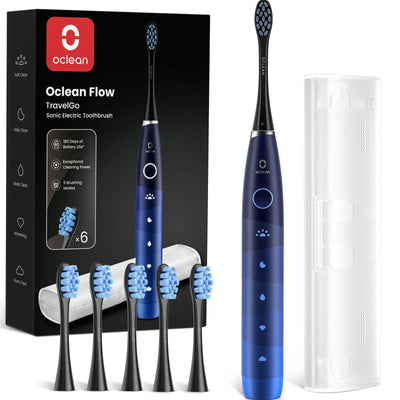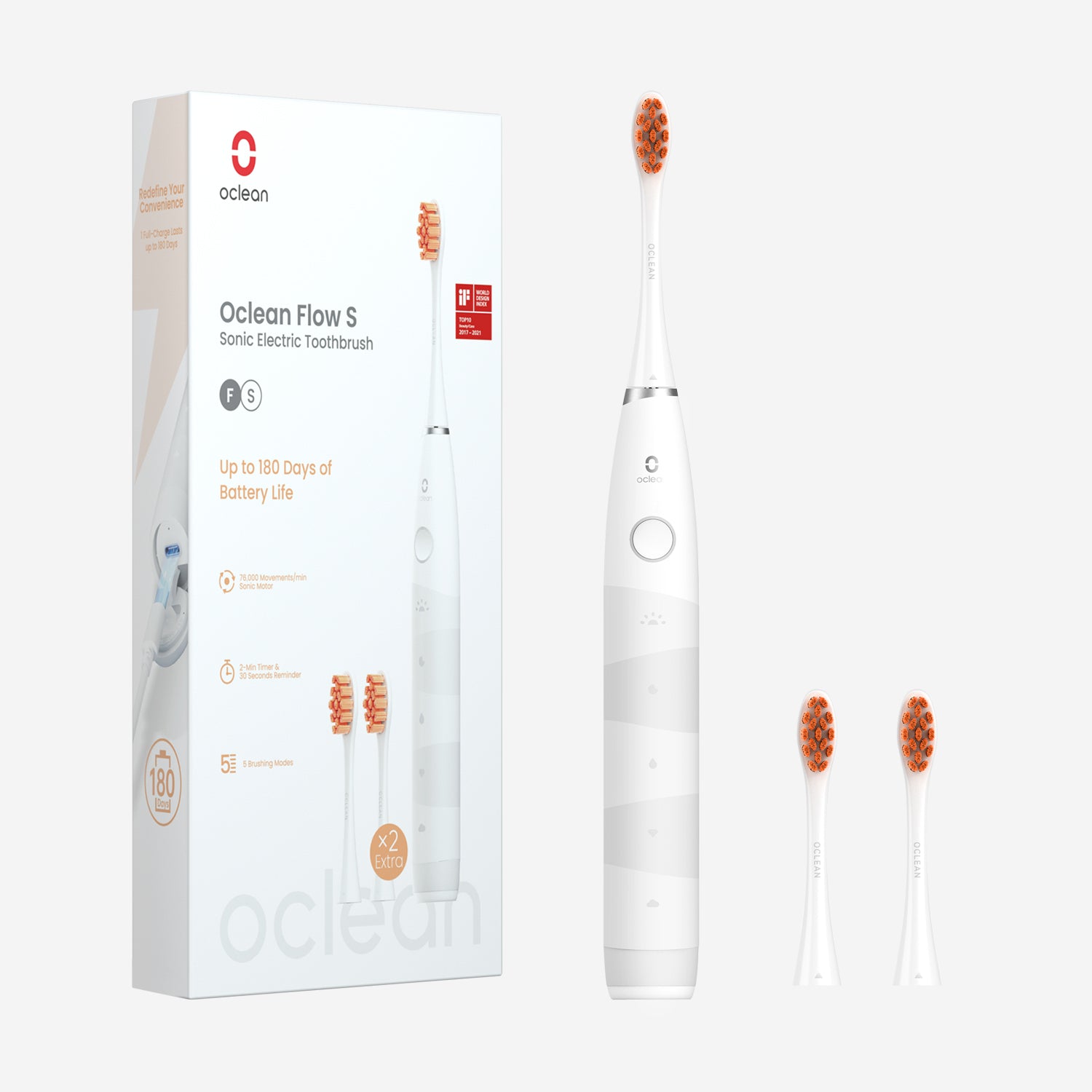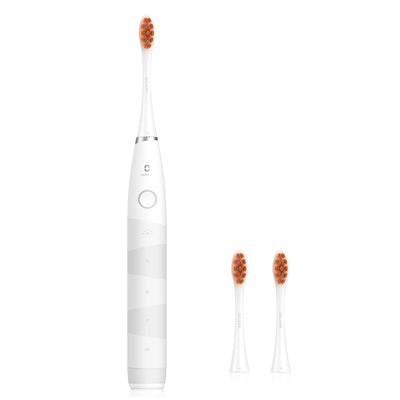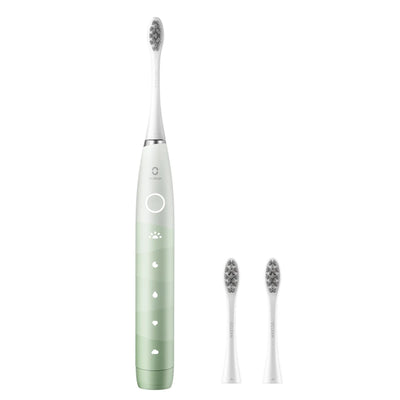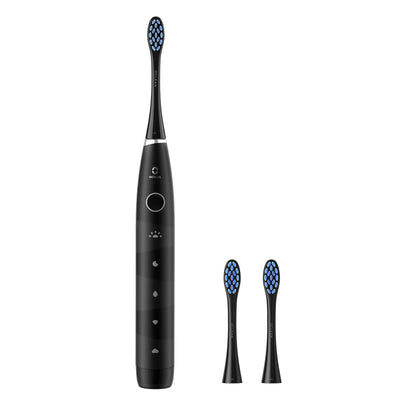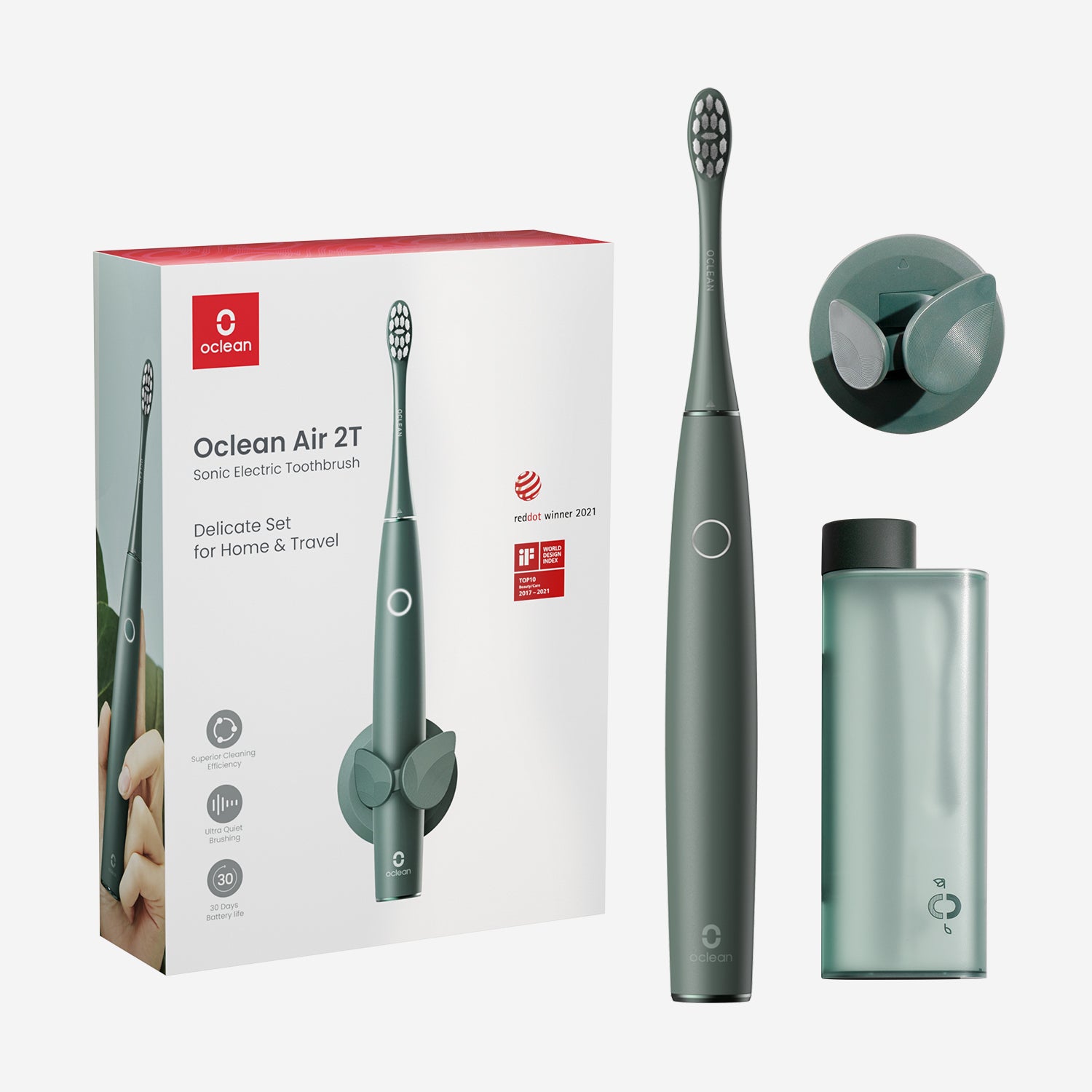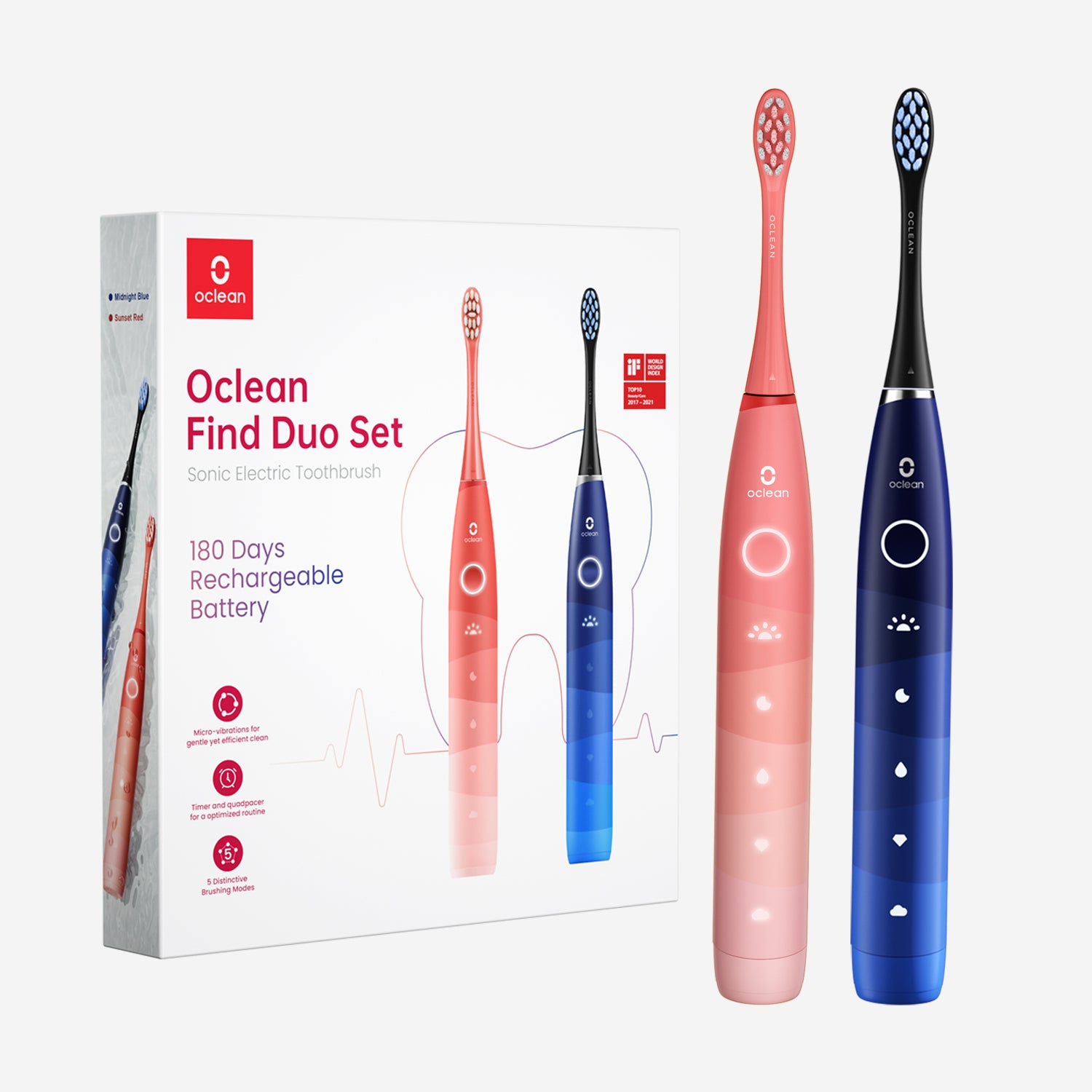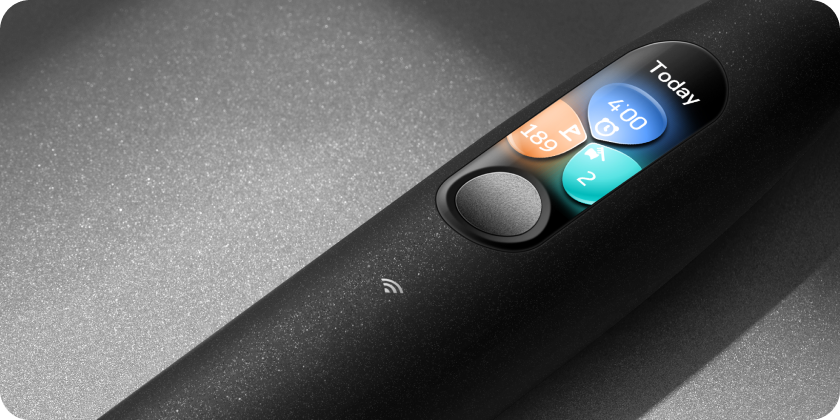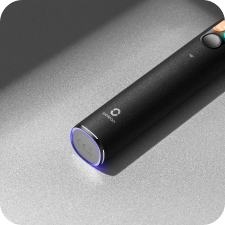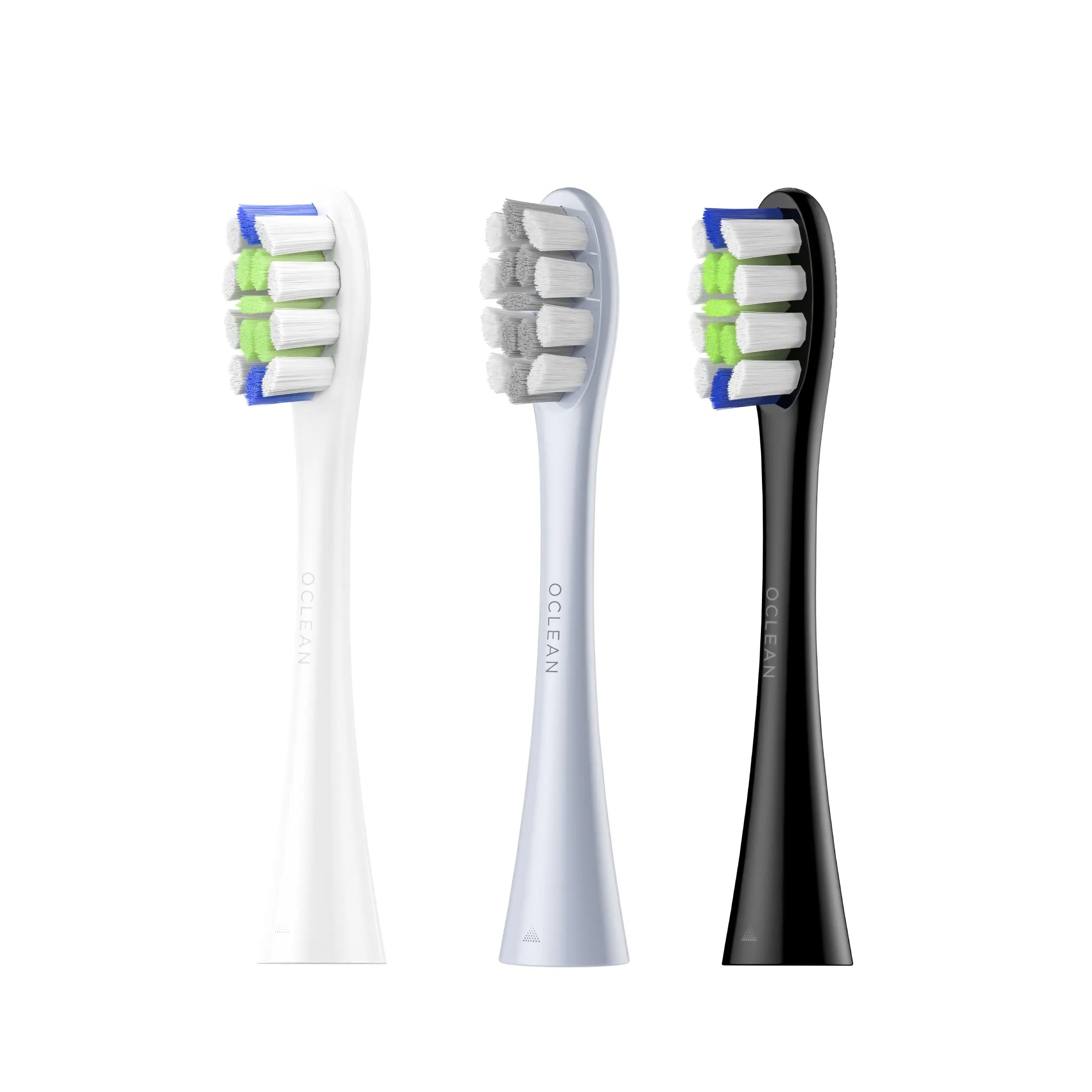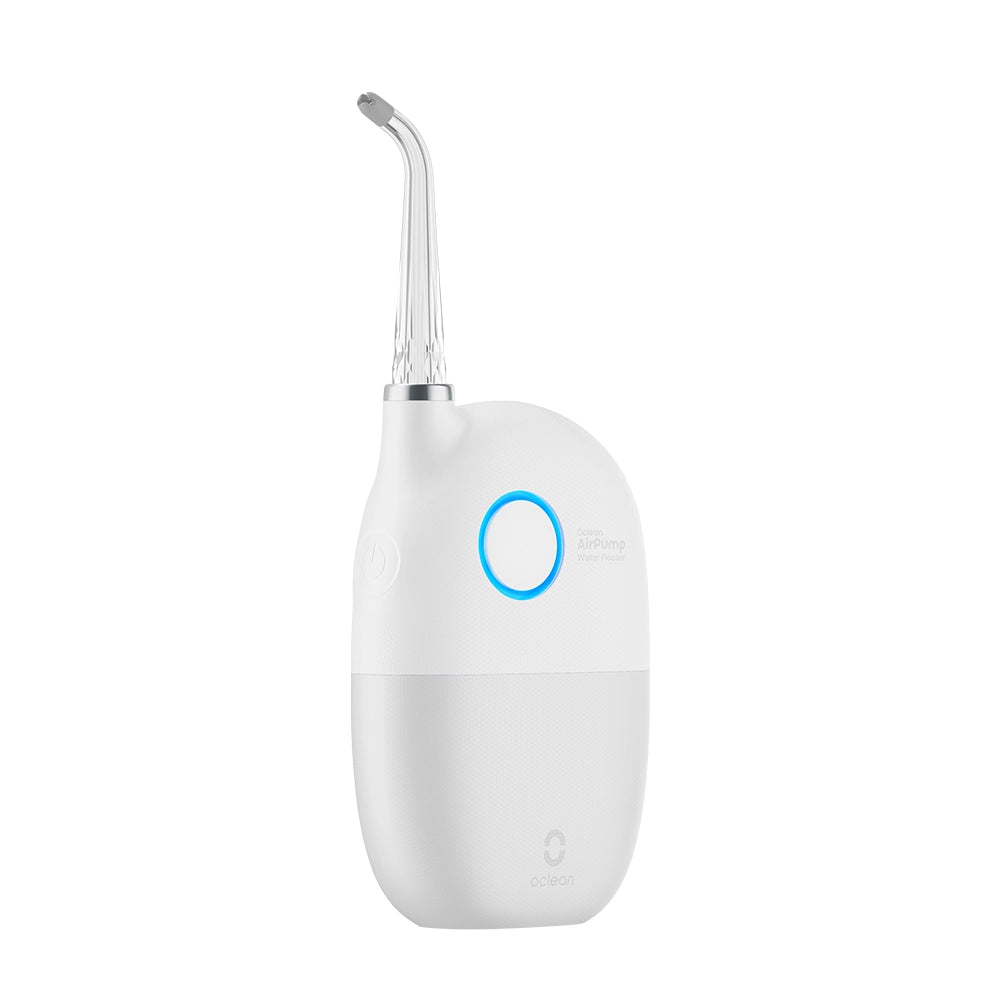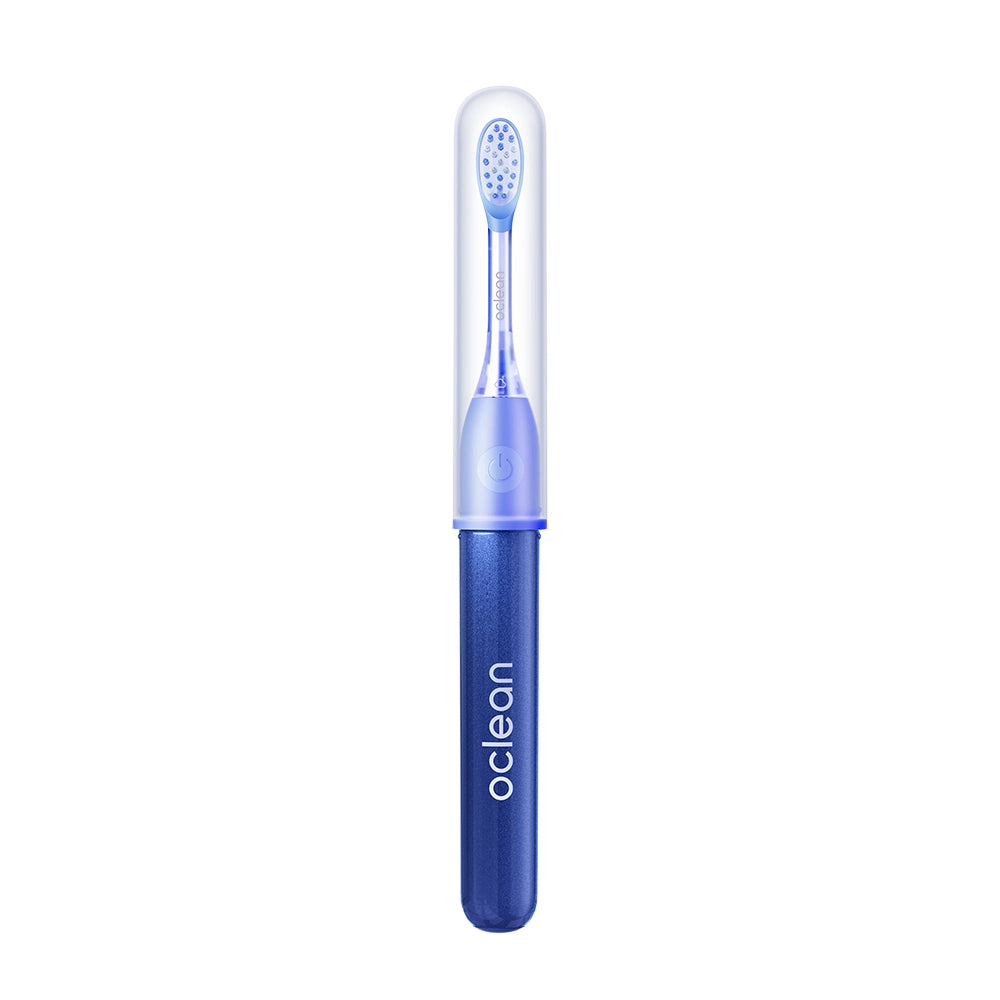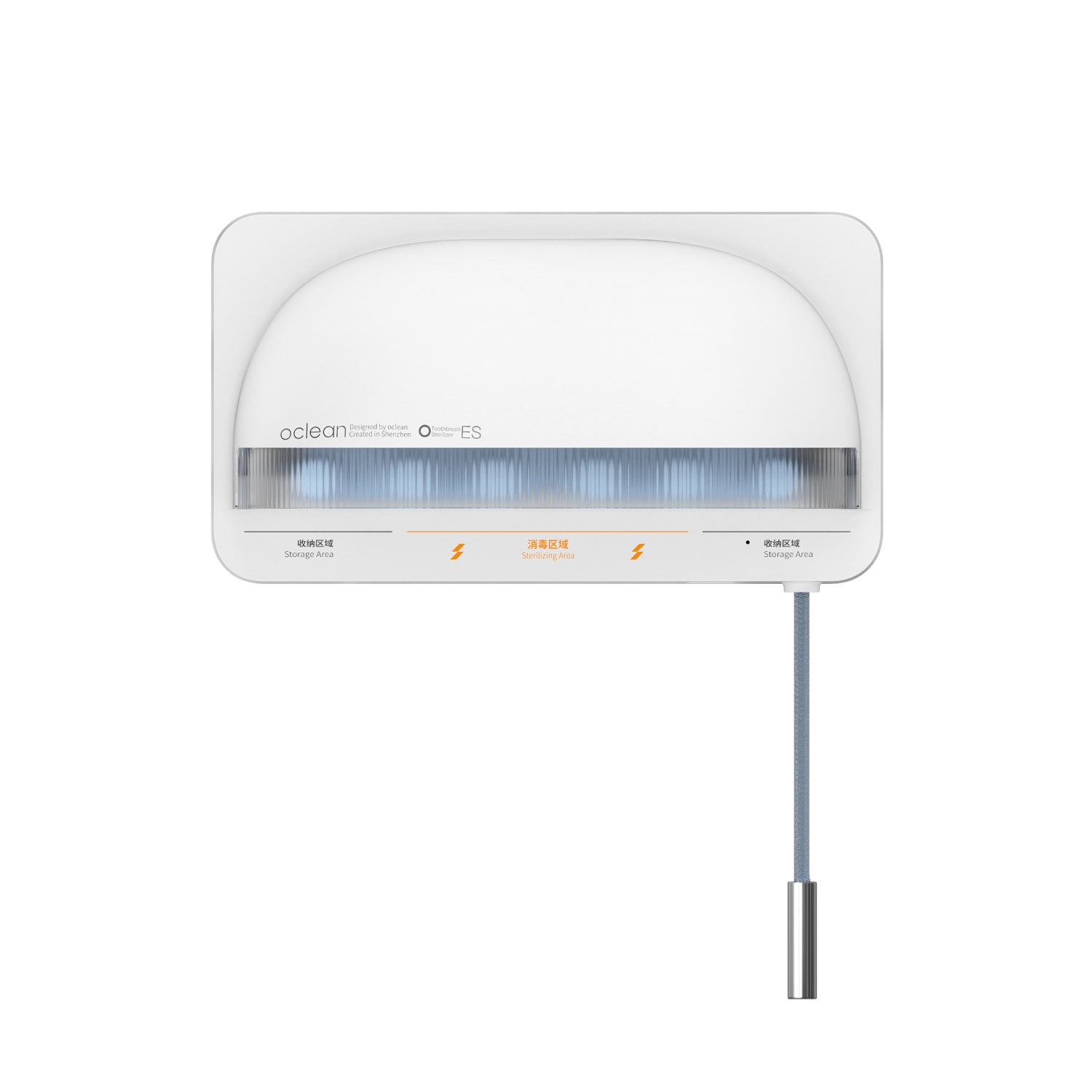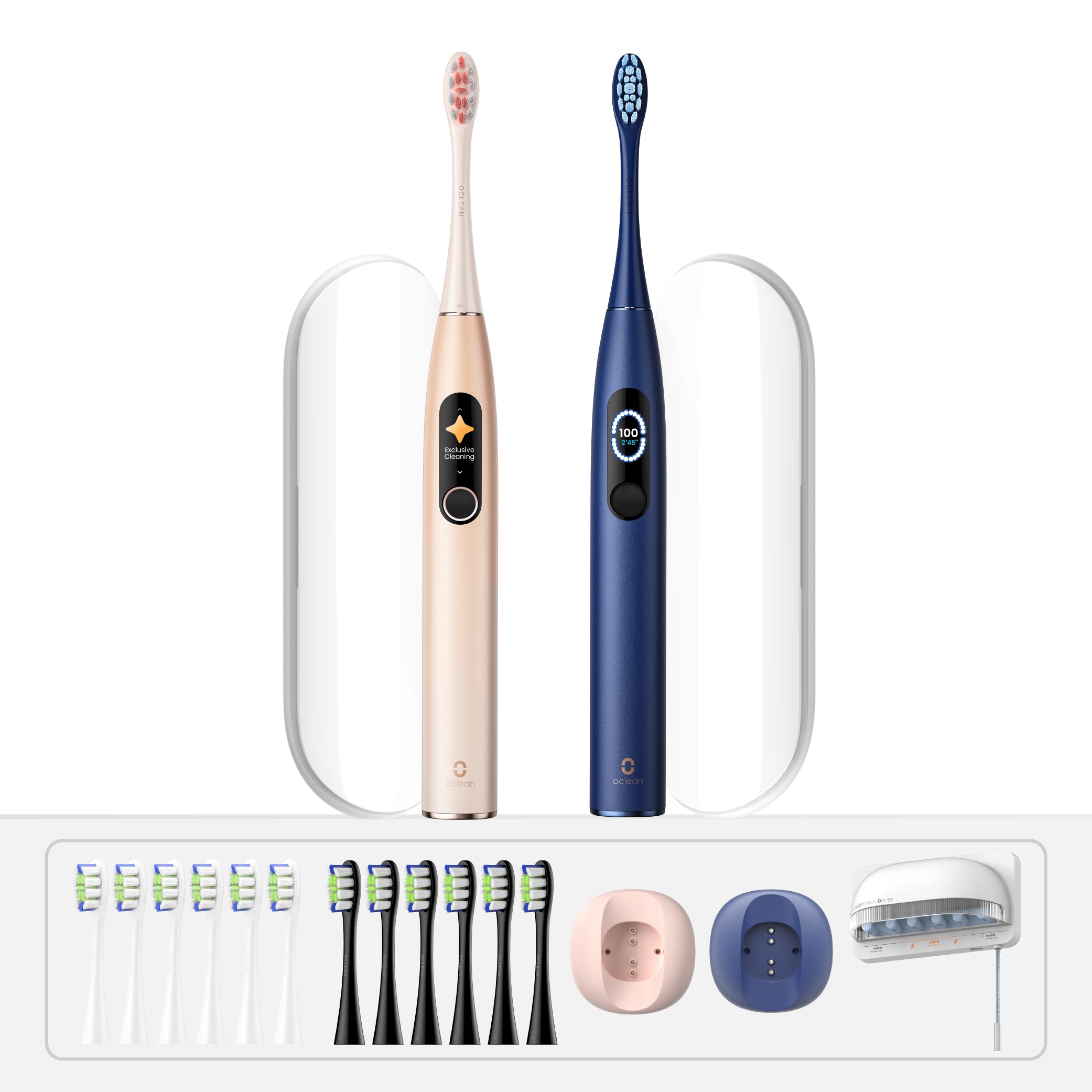Munnhygiene er avgjørende for å opprettholde den generelle helsen, og en viktig del av dette er bruk av tanntråd. Mens det å pusse tennene to ganger om dagen er en velkjent vane, blir tanntråd ofte oversett. Men hvis du vet hvordan du bruker tanntråd på riktig måte, kan det utgjøre en betydelig forskjell for munnhelsen din og forebygge tannkjøttsykdom og karies. Denne omfattende guiden vil hjelpe deg å forstå hvordan du bruker tanntråd på riktig måte, slik at du kan opprettholde et sunt og lyst smil.
Hvordan bruke tanntråd riktig?
Tanntråd er mer enn bare å føre en tråd mellom tennene. Det krever teknikk og konsekvens for å være effektivt. Mange lurer på hvordan man bruker tanntråd på riktig måte og om de gjør det riktig. Hvis du vet hvordan du bruker tanntråd, kan det hjelpe deg med å fjerne plakk og matpartikler fra områder som tannbørsten ikke kommer til.
Til å begynne med må du velge riktig type tanntråd. Det finnes ulike typer, for eksempel vokset, uvokset, smaksatt og usmaksatt tanntråd. Valget avhenger av dine personlige preferanser og avstanden mellom tennene dine. Vokset tanntråd er ofte lettere å få til å gli mellom tenner som sitter tett, mens uvokset tanntråd kan knirke mot rene tenner, noe som indikerer at plakk er fjernet. I tillegg bør du bruke vann-tanntråd et utmerket alternativ for dem som synes tradisjonell tanntrådbruk er utfordrende, ettersom de bruker en vannstråle til å rengjøre mellom tennene og langs tannkjøttlinjen på en effektiv måte.
Hvordan bruke tanntråd? En trinn-for-trinn-veiledning
Å lære seg å bruke tanntråd på riktig måte innebærer en rekke trinn som sikrer at du rengjør tennene effektivt uten å skade tannkjøttet. Her er en trinnvis veiledning i hvordan du bruker tanntråd på riktig måte:
- Begynn med ca. 50 cm tanntråd: Selv om 50 centimeter kan virke som mye, er det avgjørende for effektiv tanntrådbruk. Denne lengden sikrer at du har nok tanntråd til å gripe og manøvrere den komfortabelt mellom alle tennene. I tillegg gjør denne lengden at du kan bruke en ren del for hver tann, noe som er avgjørende for å unngå å overføre rusk og plakk fra en tann til en annen. Vikle mesteparten av tanntråden rundt en av langfingrene og resten rundt den samme fingeren på motsatt hånd. Denne fingeren vil ta opp tanntråden etter hvert som den blir skitten.
- Hold tanntråden godt fast mellom tommelen og pekefingrene: La det være igjen ca. 2-4 centimeter tanntråd å jobbe med.
- Før tanntråden mellom tennene med en forsiktig gnidningsbevegelse: Ikke knips tanntråden inn i tannkjøttet, da det kan forårsake skade.
- Når tanntråden når tannkjøttlinjen, bøyer du den i en C-form mot den ene tannen: Skyv den forsiktig inn i mellomrommet mellom tannkjøttet og tannen.
- Hold tanntråden tett inntil tannen: Gni forsiktig på siden av tannen, og beveg tanntråden bort fra tannkjøttet med opp- og nedbevegelser.
- Gjenta denne metoden på resten av tennene dine: Ikke glem baksiden av den siste tannen.
- Bruk rene deler av tanntråden når du beveger deg fra tann til tann: Dette sikrer at du ikke overfører rusk fra ett område til et annet.
Les også: Hvorfor lukter tanntråd dårlig og hvordan eliminere det?
Hvordan bruke tanntråd bak tennene?
Det kan være spesielt utfordrende å bruke tanntråd på de bakre tennene på grunn av begrenset tilgang og synlighet. Det er imidlertid viktig å lære seg å bruke tanntråd på de bakre tennene, siden disse områdene er utsatt for plakkdannelse og karies. Her er noen tips til hvordan du bruker tanntråd på riktig måte, spesielt for de bakre tennene:
- Bruk en lengre bit tanntråd: Dette gir deg mer å jobbe med og kan hjelpe deg med å nå de bakre områdene.
- Juster grepet ditt: I stedet for å bruke tommelen, kan du prøve å bruke pekefingrene til å føre tanntråden mellom baktennene. Dette kan gi deg bedre kontroll.
- Åpne munnen din videre: Dette kan bidra til å gi deg bedre tilgang til de bakre tennene.
- Vurder å bruke en tanntrådholder: Disse små enhetene kan hjelpe deg med å manøvrere tanntråden lettere.
- Vær tålmodig og forsiktig: Det kan kreve litt mer innsats, men hvis du unngår å forhaste deg, unngår du å skade tannkjøttet.
Avanserte tanntrådteknikker med teknologi - vanntanntråd
Når du har lært deg det grunnleggende om hvordan du bruker tanntråd, kan du utforske avanserte tanntrådteknikker for å forbedre munnhygienerutinen din. Spesielt vanntanntråd er et effektivt verktøy for å opprettholde en god munnhelse.
Vanntråd, også kjent som munnskyllere, bruker en pulserende vannstråle til å fjerne plakk og matpartikler mellom tennene og under tannkjøttlinjen. De er spesielt fordelaktige for personer med tannregulering, tannimplantater eller sensitivt tannkjøtt. Hvis du er på utkikk etter et effektivt alternativ til tradisjonell tanntrådbruk, kan vanntanntråd være et utmerket valg.
Innholdsfortegnelse
